Credit for all images in this article go to NASA, ESA and the Hubble Heritage Team.
In my early years, I was a child of the ocean.
Something about the vastness of the sea captivated me: it seemed endless, a place to explore and study forever. Later I was introduced to mountains, and in this world surrounded by forests and towering cliffs, I found an invigorating newness that pulled me from the sea and into the unmapped territory of the woods. Later still, when the thrill of the mountains faded, I began jumping out of planes, where the view from the sky offered me a truly unparalleled perspective into the beautiful diversity of our planet. From the atmosphere, I could look down and see the curvature of the Earth and, for the first time, I remember thinking that our planet was not as big as I once thought.
I realize now that I never belonged to the ocean, the mountains, or the sky; I was always a child of the unknown.
In the time since, I learned that I love experiences that make me feel small because it forces me to focus on the big picture and question the nature of existence. During my senior year of high school in 2014, I stumbled upon a photo captured by the Hubble Space Telescope that consumed me: I had never seen something that made me feel so tiny! I had rarely considered the size, depth, and desolate beauty of space as something I could access or study. To me, space became the ultimate. In college, that became my motivation to study Astronautical Engineering.
Hubble Deep Field: the deepest visible light image of the cosmos ever taken. In it, thousands of galaxies in deep space, all at different distances and different stages in their evolution, swirl in space, dating back 13 billion years.
This Friday, the Hubble Space Telescope celebrated its 30th Anniversary in space: three decades in which we have learned more about the intricacies of our Universe than ever before. To celebrate this heroic achievement of our species, I want to tell you a little bit about how Hubble works, what it’s helped us learn in the thirty years since its deployment, and how it will continue to help us discover more about our place in the cosmos. But maybe most importantly, I want to show you some of the photos that have shaped Hubble’s legacy and brought us here today.
How it works
We have been watching the sky for a long, long time. If you’ve ever been anywhere mostly-free of light pollution, you’ll understand humanity’s obsession: the night sky is alive. But while incredible advances have been made on the ground, there has always been a limit to what we can see from down here. It’s kind of like being underwater, pointing a telescope up at the surface and trying to determine the shape of the clouds above. To get a clear view, we had to get past the turbulence and light-absorbing gases of the atmosphere. Out in space, nothing stands in the way of a good picture.
The Hubble Space Telescope is an engineering masterpiece. Hubble sits in Low Earth Orbit, around 350 miles above the surface of the Earth. About the size of a school bus, it orbits our planet 15 times every day, making a full rotation every 96 minutes. And despite hanging in space and being equipped with some incredibly high-tech instruments, Hubble is not that different from any telescope we use down here. One end of the tube is open to let in light, and inside, a system of mirrors and lenses gather and focus the light into an image that can be captured. What makes it truly incredible is that it has an almost-flawless pointing accuracy, which helps it avoid the little movements that distort your image when you take a photo by hand. This has been compared to pointing a laser beam at FDR’s head on a dime from 200 miles away (roughly D.C. to New York City) for 24 hours without any deviation at all. Thanks to a masterful combination of sensors and stabilizers, Hubble, weighing in at 24,500 pounds, can maintain this accuracy day after day while traveling around the Earth at 17,400 miles per hour.
In addition to being super accurate, Hubble can also see more than our eyes have ever been able to. Human eyes can only see the visible spectrum of light, but the Universe is drenched in light of many wavelengths out of our reach. Hubble can take images of the Universe in ultraviolet and in infrared, which both tell us different things about the objects we are observing. For example, ultraviolet light is radiated by the youngest, hottest and largest stars, which allows us to identify galaxies that are forming stars and where those stars are forming within them. Hubble can see infrared (or heat) wavelengths, allowing us to see objects hidden in dust and gas.
The Carina Nebula is a furnace of star formation. Ultraviolet radiation from young stars as they shed the clouds they were born in shapes the dust and gas of this nebula into intricate and beautiful formations. Colors correspond to different elements, giving us an elemental map of the landscape: red for sulfur, green for hydrogen, and blue for oxygen.
Conveniently, the light that reaches us from distant objects can tell us more than just what the object looks like. The wavelengths of light that Hubble carefully collects informs us what the objects are made of: what elements are present, in what quantities, and even characteristics like temperature, density, and how fast objects are moving. This is because different elements absorb light at different wavelengths, so the light we see carries a sort of fingerprint we can use to differentiate the elements that make up the object we are studying. Using Hubble, we can look at a neighboring star and determine its chemical composition, how hot it’s burning, its size, and even predict how long it will live.
While most of the Hubble images you see show an object’s true colors, manipulating color is a powerful method astronomers use to better visualize objects like galaxies and nebulae. Remember, the light that Hubble receives carries a “signature” for the elements within it: oxygen carries a different signature than hydrogen, which looks different than argon. By using narrow filters and assigning each signature to a color, we can take normally indistinguishable images and make them much clearer. Many iconic Hubble images, such as the Pillars of Creation, have been created this way. In the above image, sulfur is represented by the color red, hydrogen by green, and oxygen by blue. While this is not where these elements usually sit on the visible light spectrum, this differentiation allows us to better see the elemental composition of this nebula.
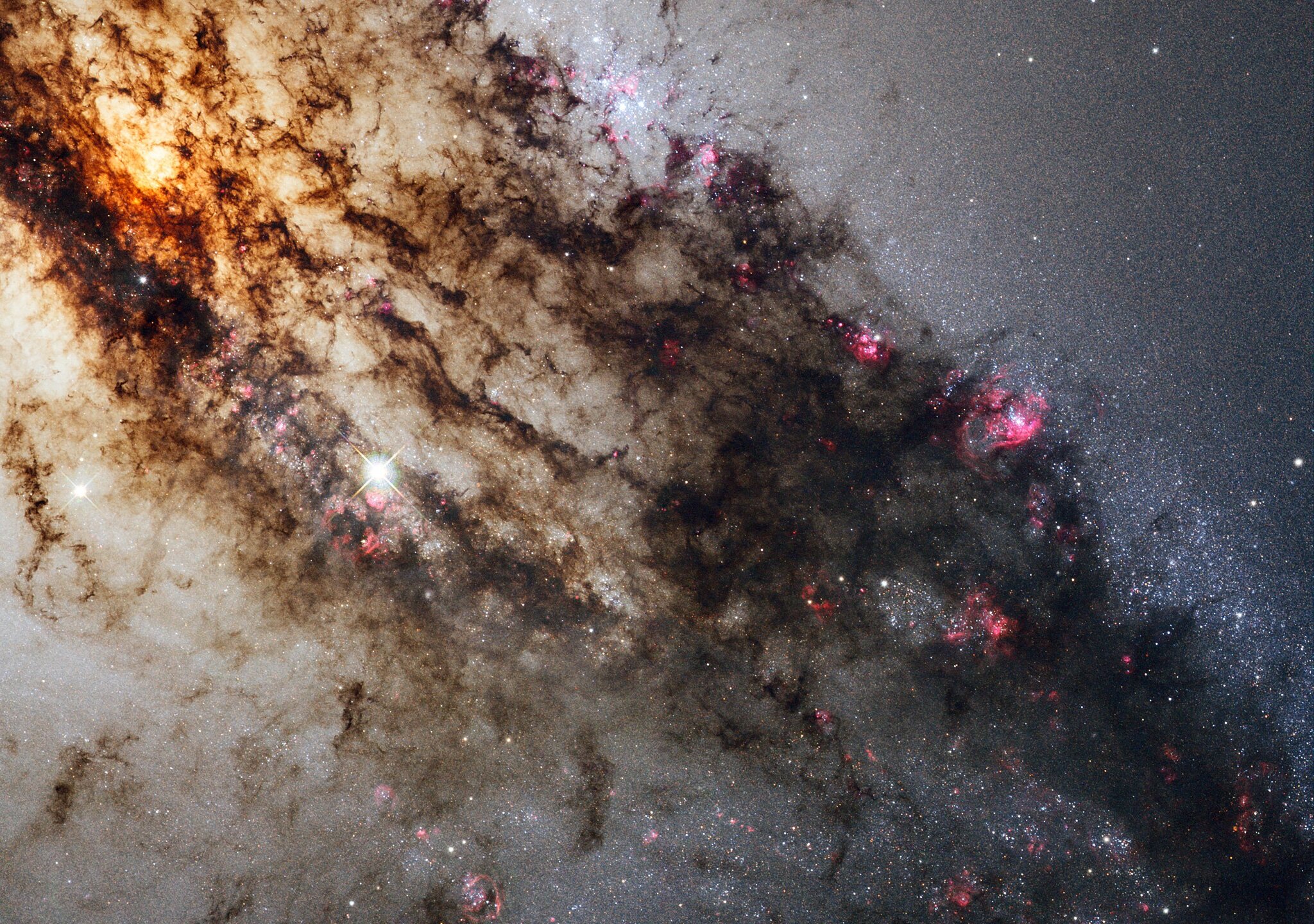
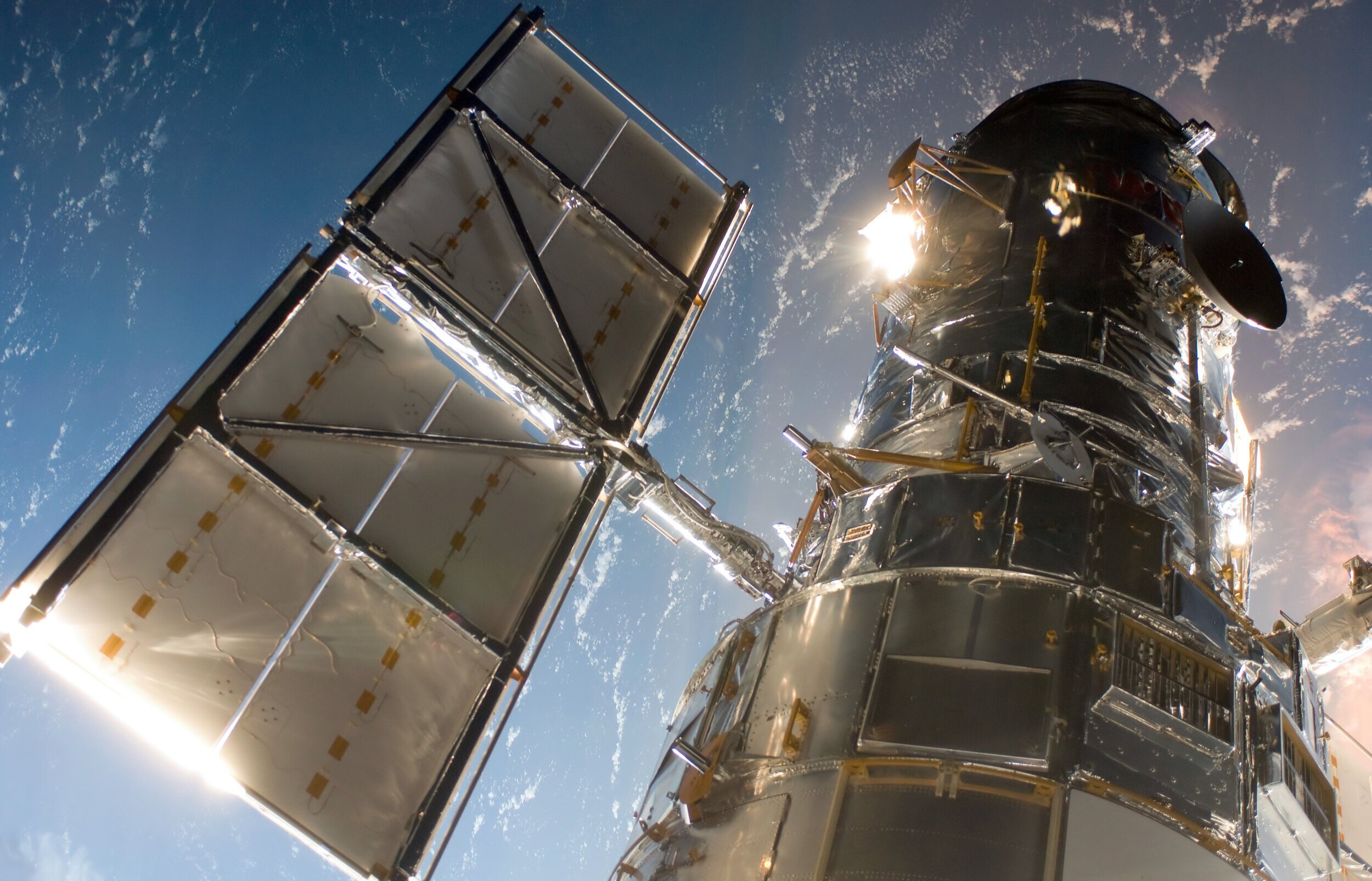
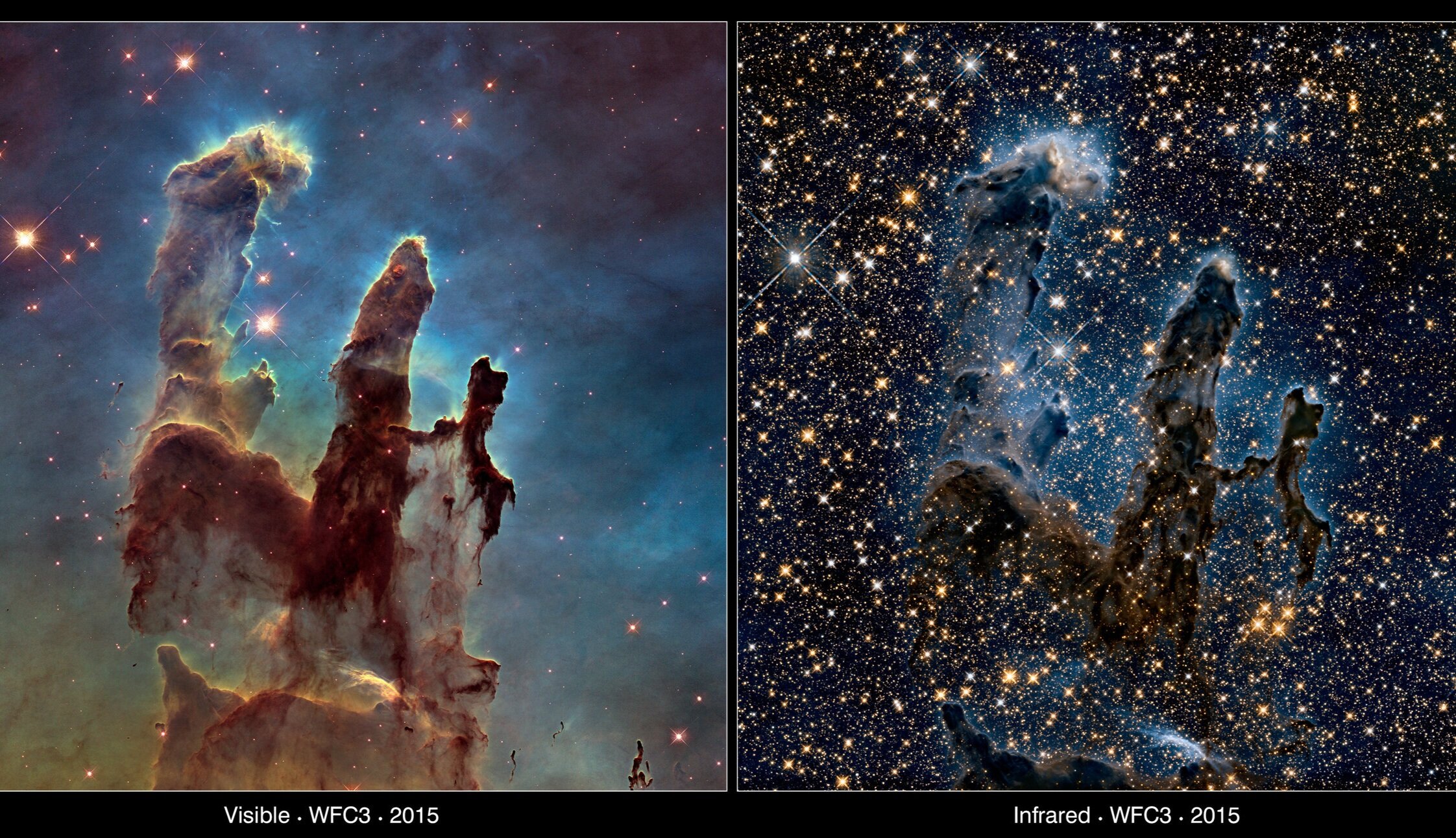
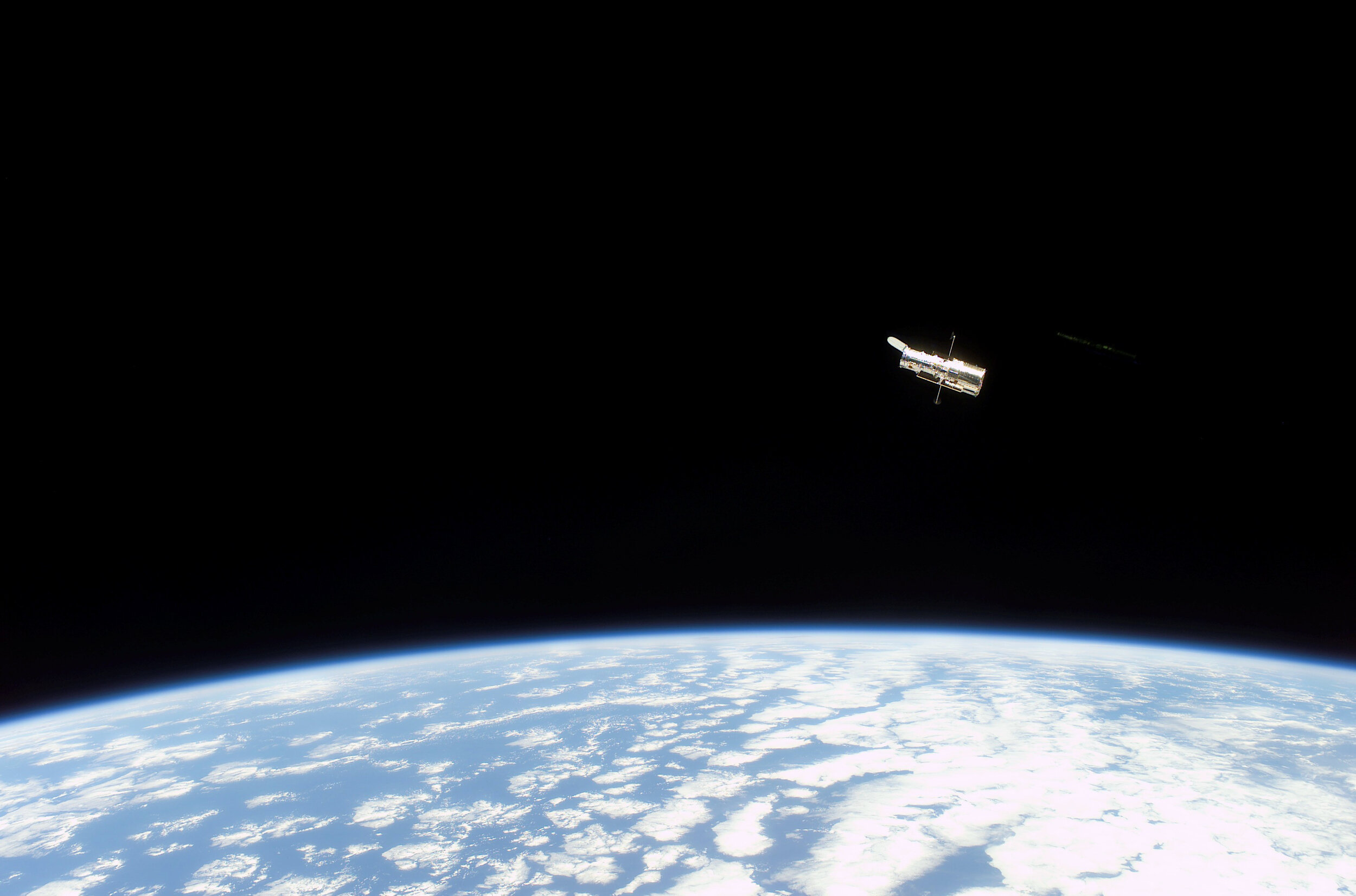
The stuff of creation
Our planet is a marvel: a rare (and maybe entirely unique) event in the Universe’s history in which a combination of luck, heavy elements, and just enough sunlight led to lifeforms capable of understanding themselves. We may be a cosmic masterpiece, but our star is not. Actually, the Sun is just about as mediocre as it gets in comparison to the billions of other stars that hang, burning, in the space around us.
Stars are born in massive clouds of gas and dust suspended in space called stellar nurseries, or nebulae. Turbulence in these clouds forms regions where dust accumulates into bigger and denser lumps, which over time glue together under the weight of gravity. This generates a lot of heat: so much so that when the lump gets big enough, the material at the center ignites in an explosion of nuclear fire and a star is born. Thousands of stars may form in one nebula, which may be light years wide.
Possibly Hubble’s most aesthetic achievement is its capturing of nebulae, these bright and colorful birthplaces of stars, which take on some of the most beautiful forms we have seen in the Universe. But while these whirlpools of stellar formation are stunning, their dust scatters visible light, making it challenging to see inside. By filtering the light to other wavelengths (infrared light passes through dust without a problem), Hubble has been able to visualize brand new and young stars hiding in clouds of interstellar dust, and has given us a beautiful vantage point into the formation of stars like, and unlike, our own.
The Pillars of Creation: the iconic image taken in the Eagle Nebula. This image shows the towering columns of interstellar debris in visible light, capturing tendrils of dark cosmic dust and the glow of radiation from young stars as it burns through clouds of dust and gas.
But birth in nebulae isn’t the only phase of a star’s life that involves brightly colored displays of dust and radiation; we also see this when they die. When large stars reach the end of their life, their fuel runs out and causes the stars to explode in spectacular displays of light called supernovae. In the first year it was deployed, Hubble took a front row seat to observe a supernova whose light had just reached Earth, and has since given us a spectacular, decades-long time lapse display of a star exploding. The gas that explodes outward from a dying star forms beautiful, abstract formations called planetary nebulas, backlit by the radiation from that star’s hot core. These planetary nebulas form wild shapes as they interact with each other: tunnels, interlocking rings, and formations far weirder.
By studying star formation and death, Hubble has allowed us to create a better picture of the events that led to us. But, we still don’t know much about the event that birthed our own Sun, or own solar system, the ground beneath our feet. The diversity of the nebulae and supernova we have seen demonstrate how much we have yet to learn about the life of stars, how different each can be from our own, and each image Hubble captures takes us one step closer.
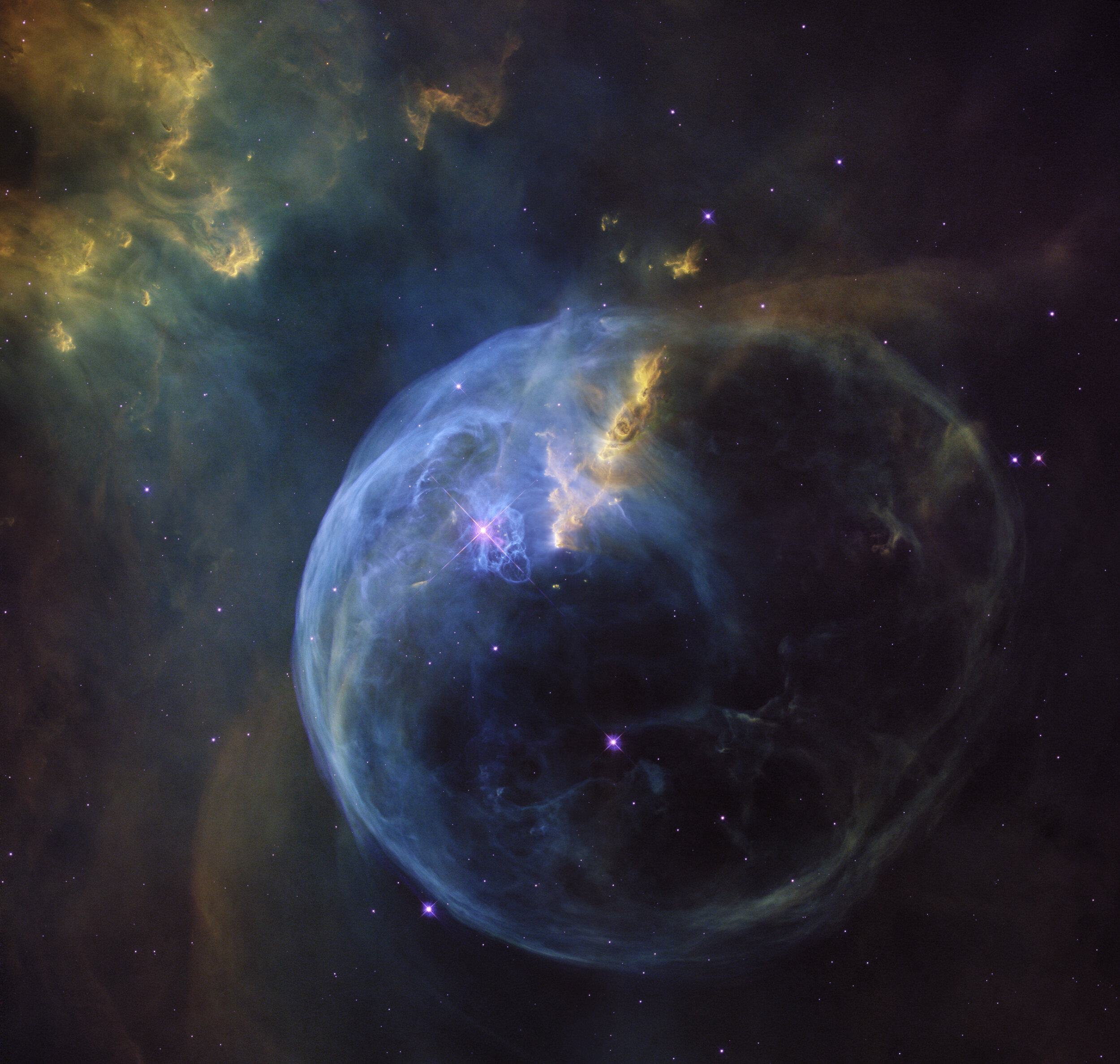
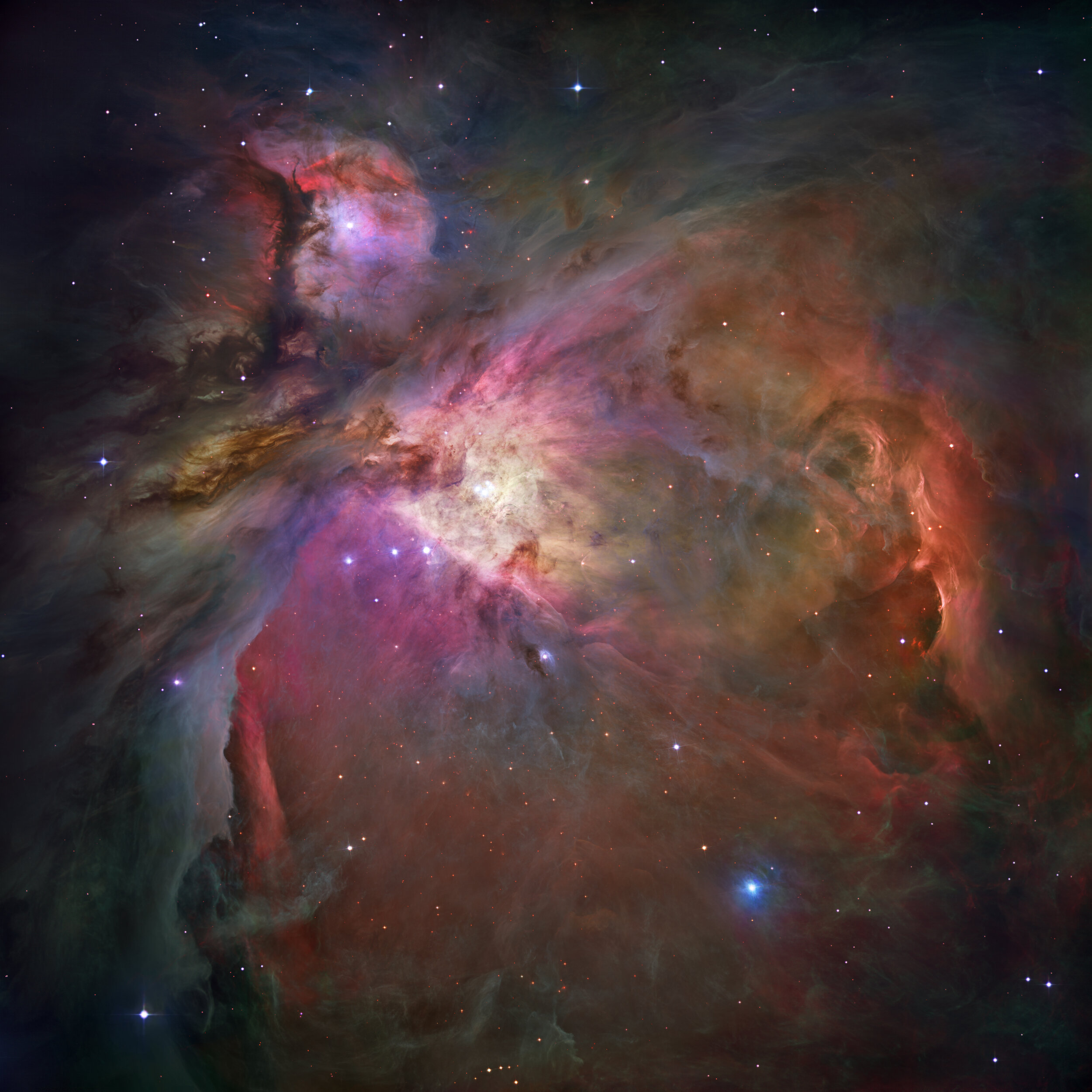

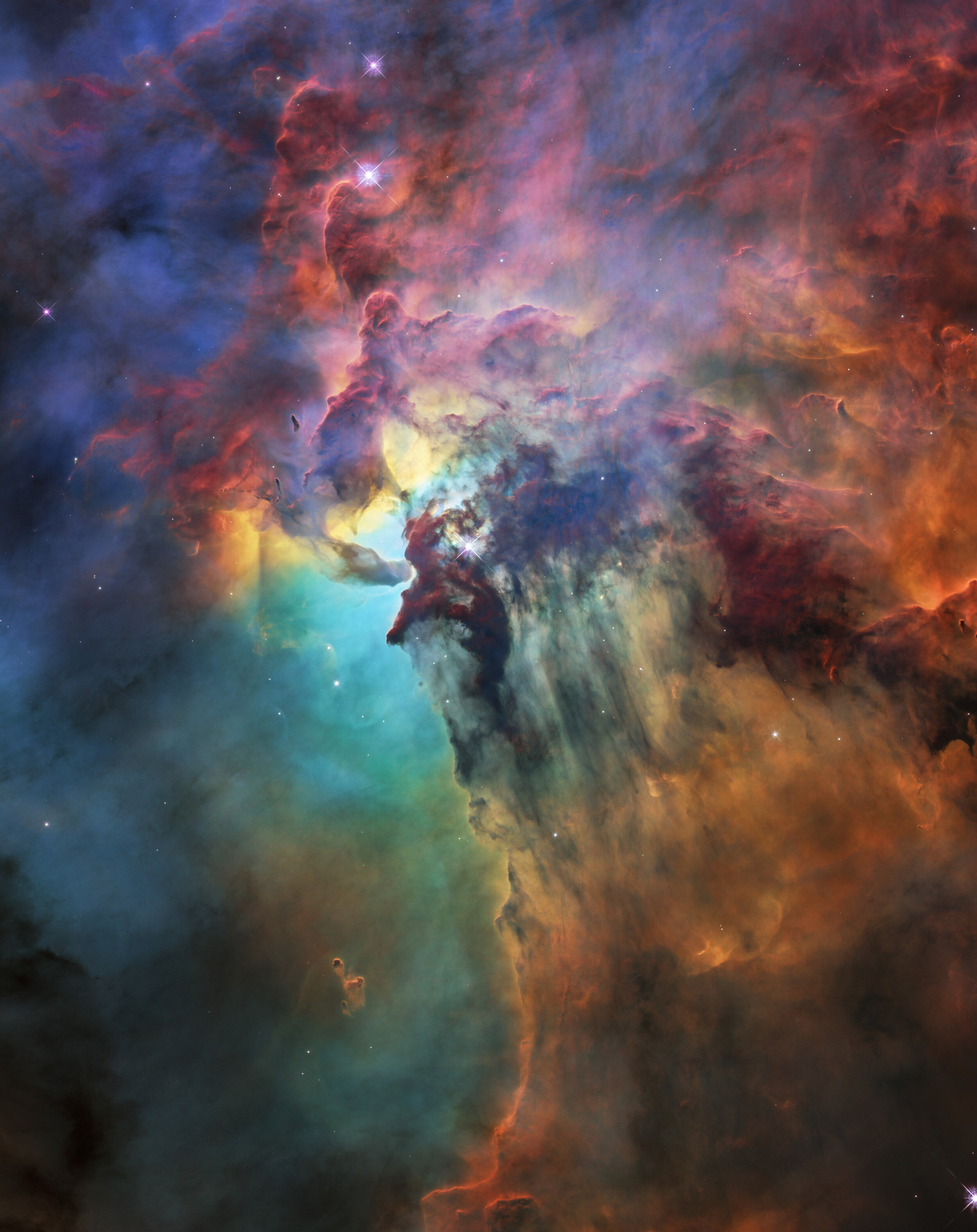
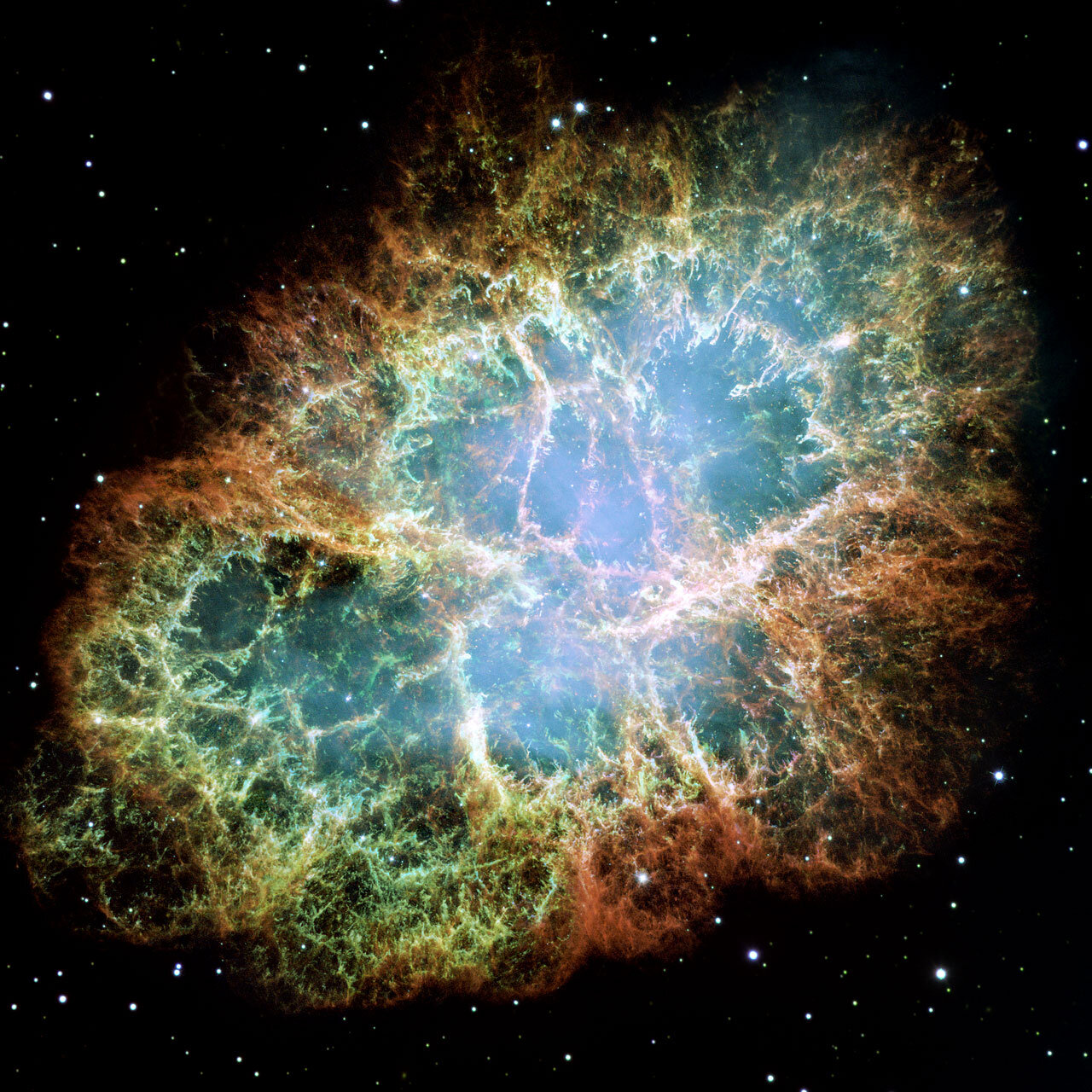
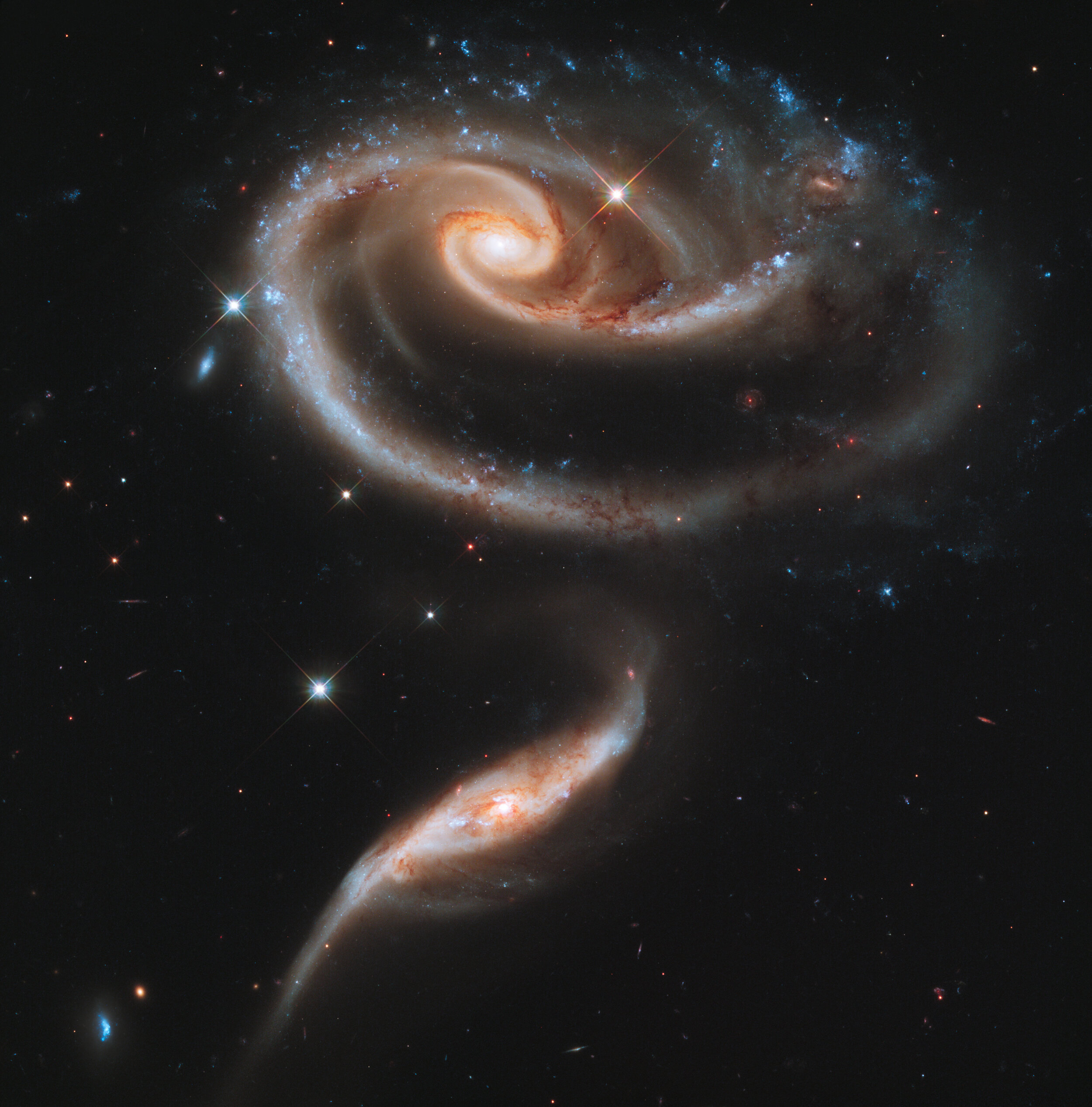
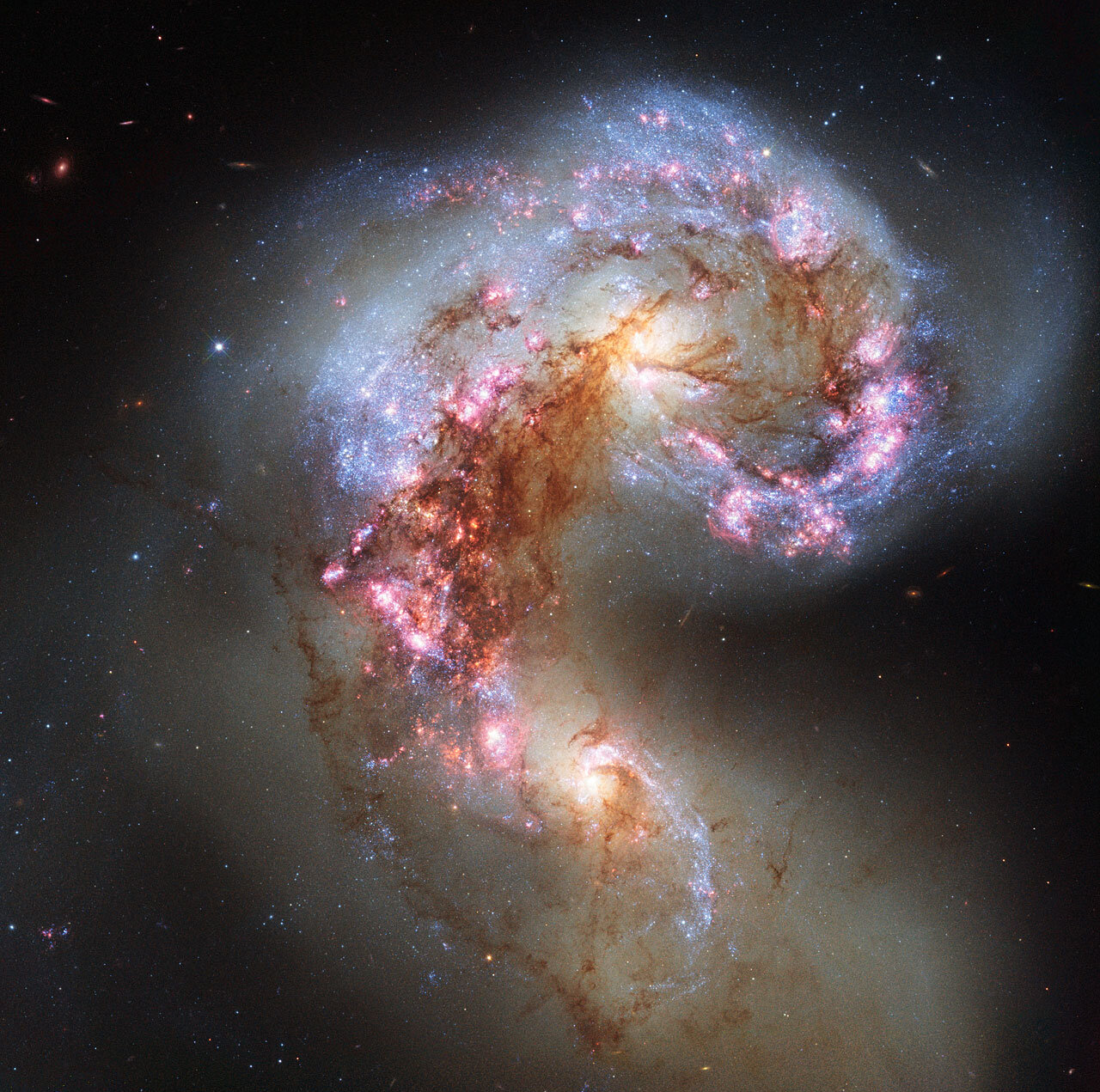

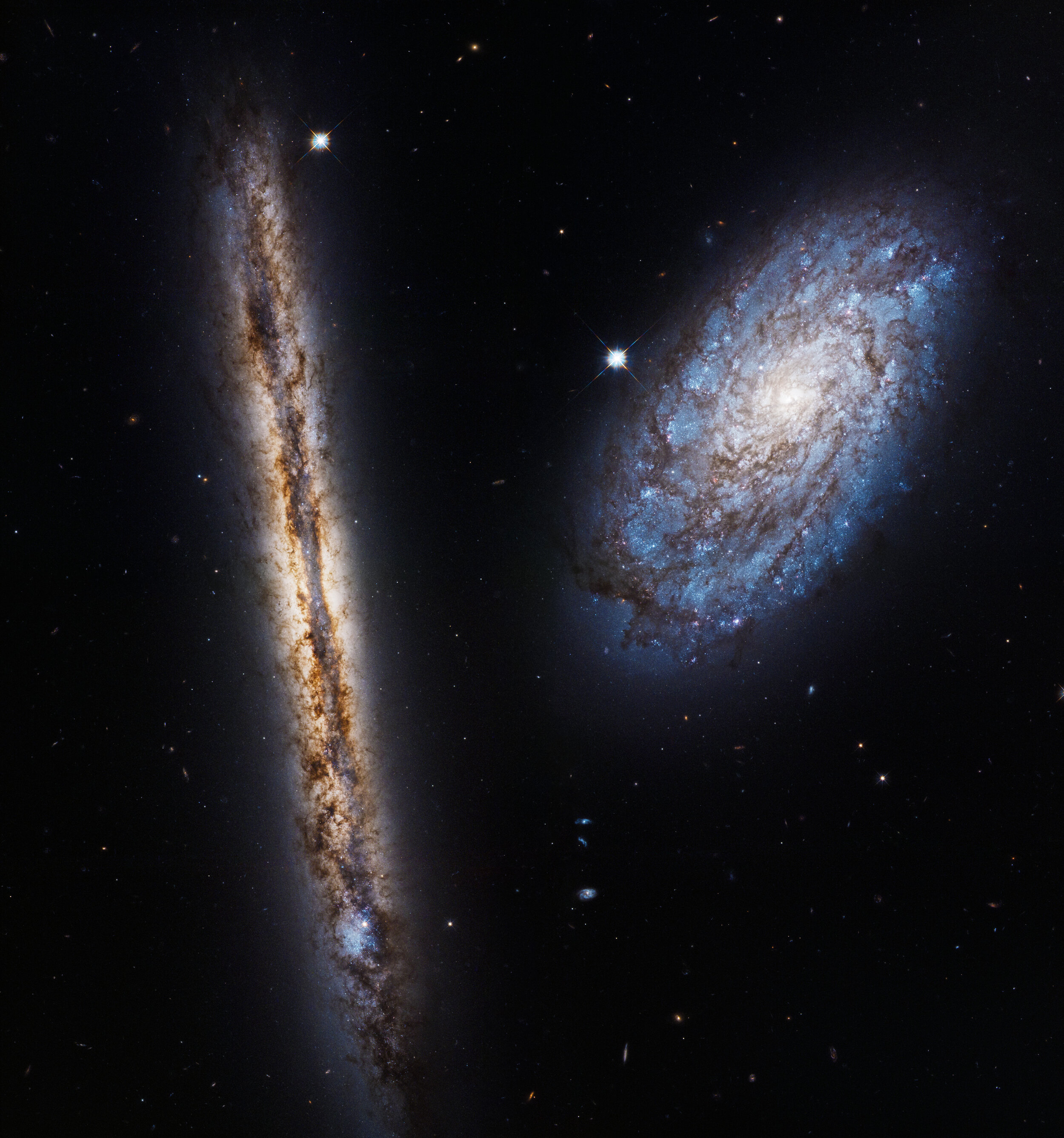
The bigger picture
The Hubble telescope is a treasure trove for the curious mind. How far does space go? How full of stuff is it? These questions, among others, birthed the Hubble Deep Field project, which began in 1995. Hubble trained its eye on a tiny region of the sky that was completely black, with no visible stars or galaxies, somewhere near the Big Dipper. For 10 days, Hubble stared at the same small patch of nothing, collecting light one photon at a time. When the image finally came through, it stunned astronomers. In fact, this was the image in high school that changed my life and shaped my career.
In the image that has now become an emblem of deep space, thousands of new galaxies were revealed: every shape, size, color, and age represented. There they were, burning quietly in space, and we had been completely oblivious to their very existence. It turns out, the longer we look at one region of the sky, the further we can see into the past. Because we are seeing galaxies at different distances, we can also watch them at different phases of their evolution. The furthest, faintest galaxies are like fossils, showing us what the universal landscape looked like billions of years ago and how it has evolved to become what it is today. For the first time, we had a really clear look into what the formation of galaxies looked like - a window into the ancient Universe.
The Hubble Deep Field project has imaged galaxies that were formed in the fiery chaos of creation, only a few hundred million years after the Big Bang. With this telescope, we can look at galaxies as they were more than 12.5 billion years ago.
As with all Hubble’s discoveries, the Deep Field project only improved with time. The Hubble Ultra Deep Field Infrared instruments installed in 2009 offered us the deepest pictures of furthest galaxies in the Universe that we had ever achieved as a species. Over the past 10 years, Hubble has continued to push the limit of deep field viewing with the Hubble eXtreme Deep Field and Frontier Fields projects, giving us better and better images into the deep cosmos. However, the next major breakthroughs will not occur until the James Webb Space Telescope - Hubble’s successor, expected to launch in 2021 - is up and running.
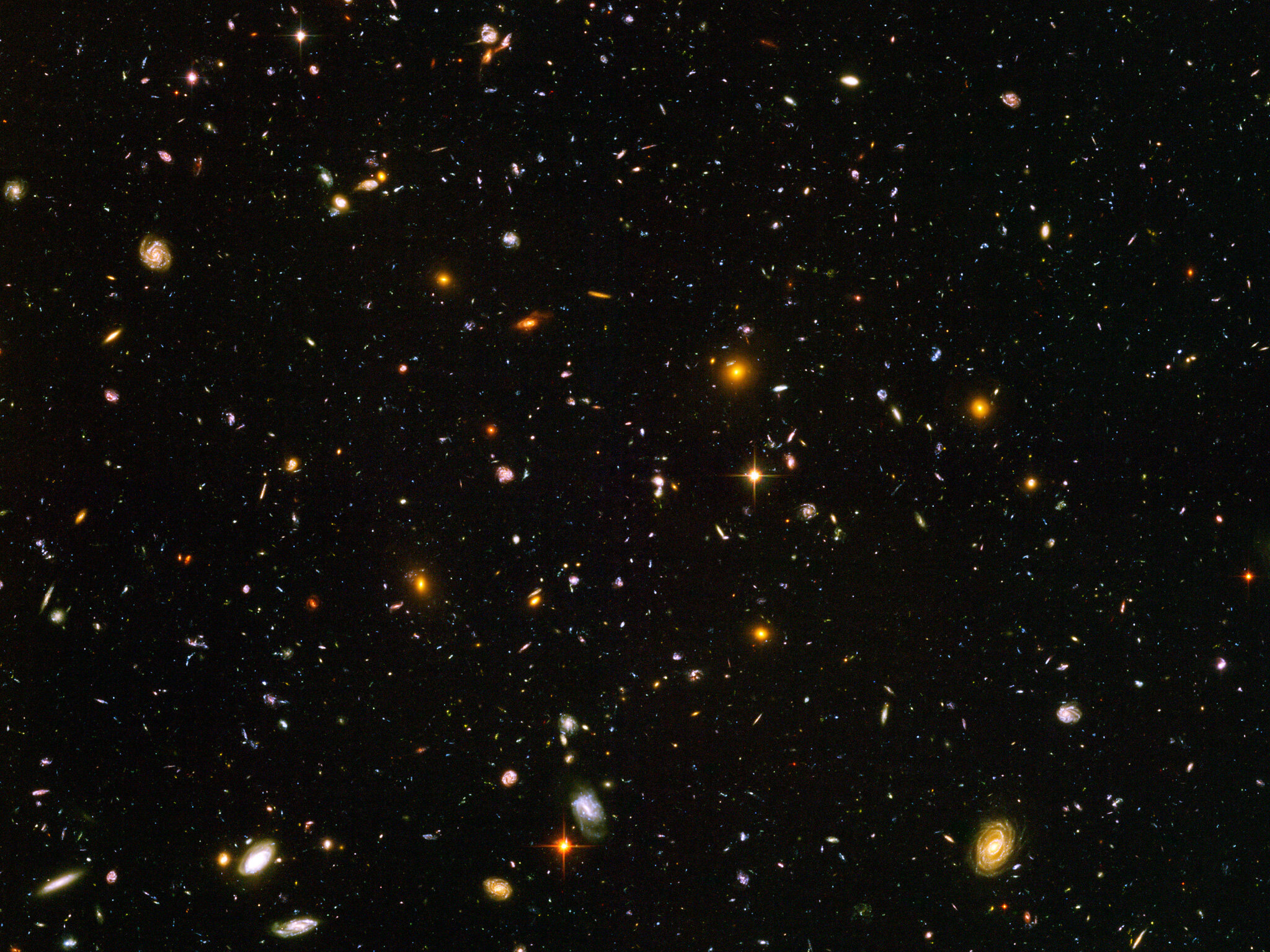
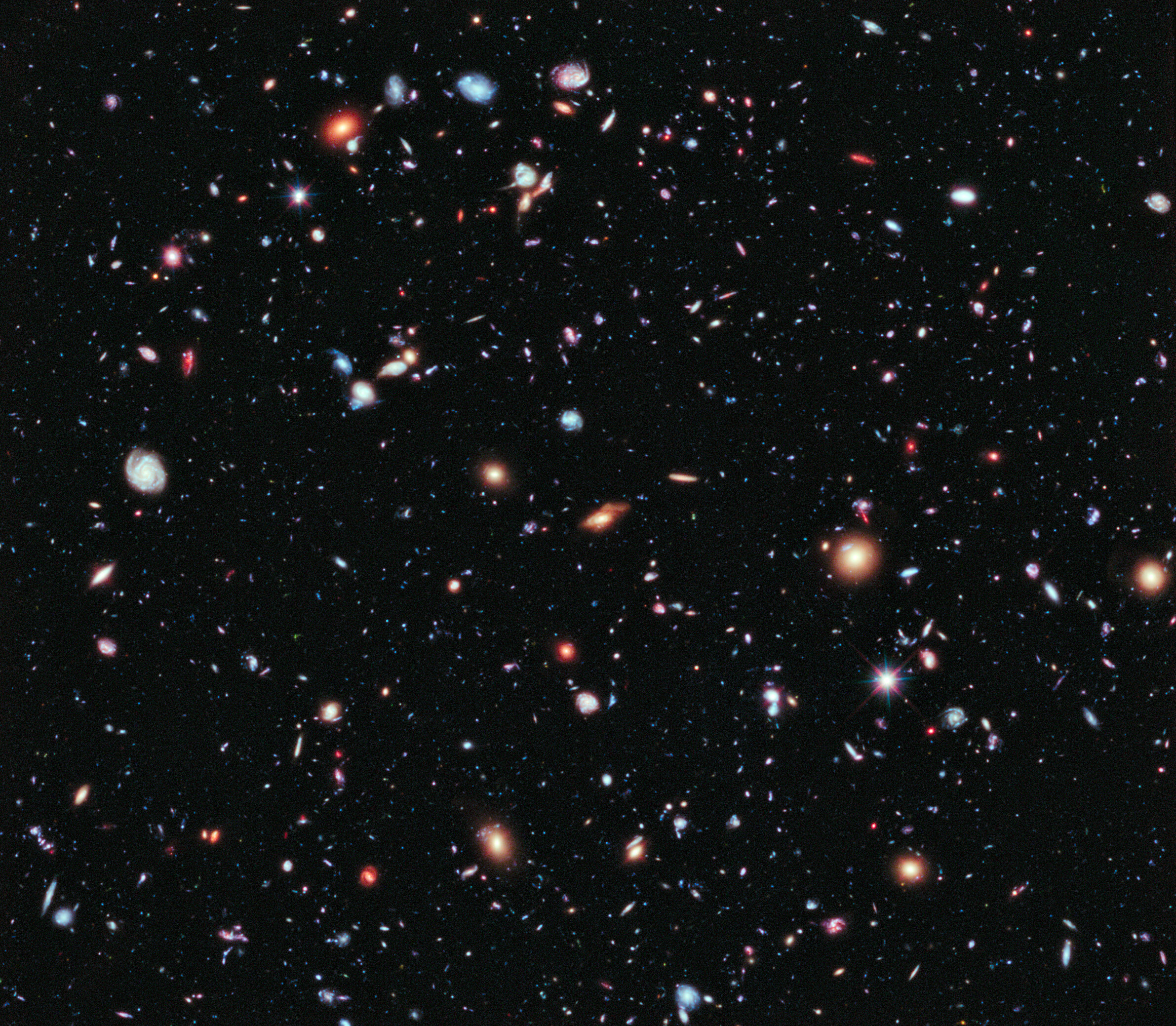
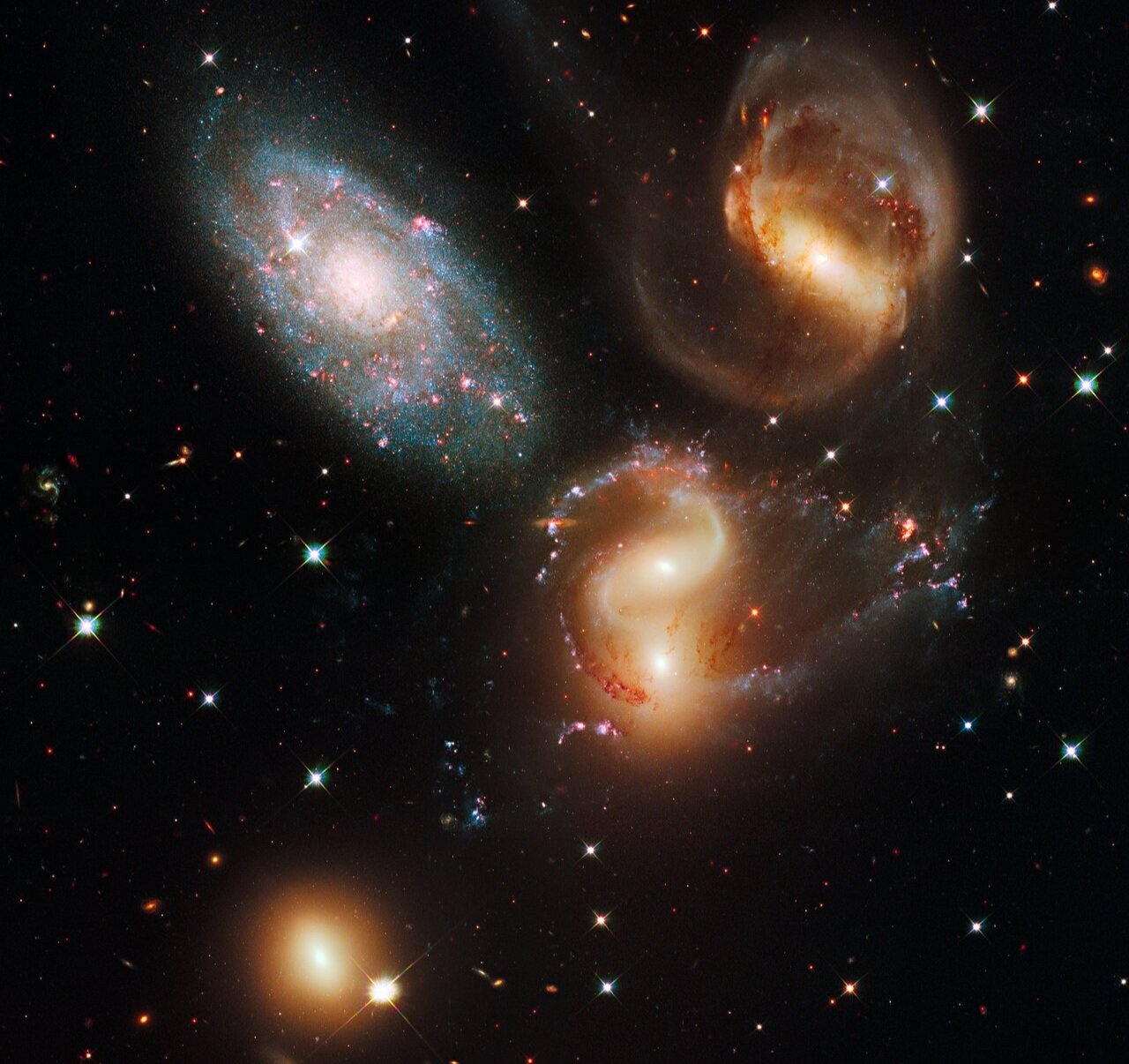
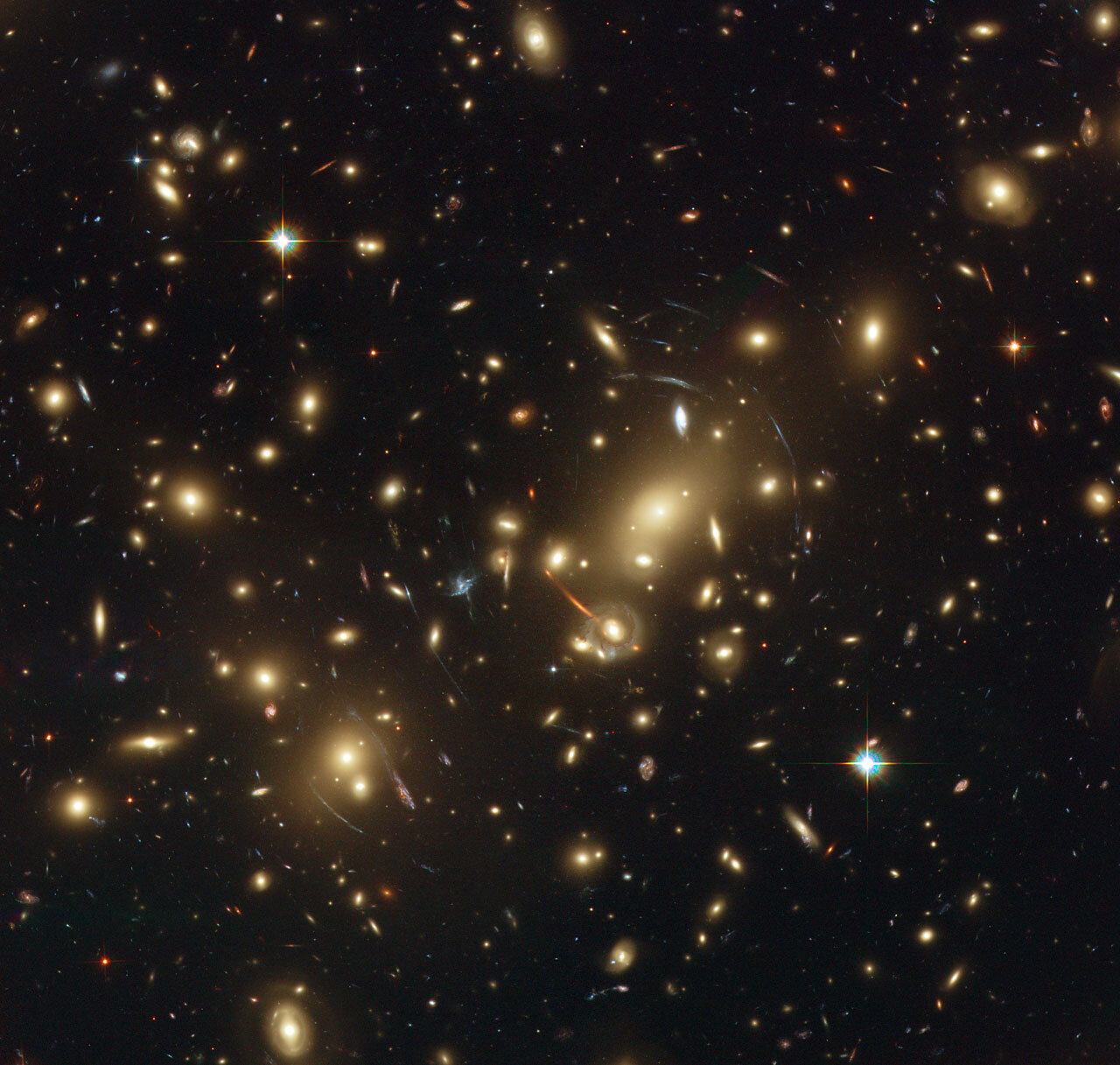
Dark horses and the quasar connection
Black holes are the dark horses of space: invisible to the human eye, yet massively responsible for the organization of matter, or ‘stuff,’ in our Universe. A black hole contains so much stuff that it presses down deeply enough into the fabric of spacetime that even light cannot escape. Since there is no light to detect and we cannot actually see them, we instead identify them through their impacts on the stuff around them. The intense gravity of black holes means that they swallow any matter that gets close, and as gases swirl around stellar black holes like a whirlpool, they emit radiation (or heat) that we can detect.
In 1994, Hubble captured images of the center of the M87 galaxy, and the images it produced showed astronomers that the gases at the center of the galaxy were rotating rapidly around a small but massive object. This may sound counterintuitive but is a common signature of black holes: an object that doesn’t take up much physical space, but has a huge gravitational field (meaning it has lots of mass). This one in particular was of epic proportions.
A black hole-powered jet of radiation is ejected outward from the monstrous black hole at the center of the M87 galaxy.
At the center of the M87 galaxy lies a supermassive black hole, which contains so much mass that it swallows a whirlpool containing not only gas, but also stars. Since this observation, Hubble has helped us determine that all major galaxies are anchored by central supermassive black holes, around which ultra-bright, churning disks of stars and gases rotate before falling in like water down a drain, never to be seen again.
Hubble has also helped us finally understand objects we have observed in the night sky for millennia. Astronomers have been watching super-bright, super-distant jets of radiation in the night sky, called quasars, for decades. Since the 1960s, it was thought that these were isolated, star-like objects. Thanks to Hubble, we now know that quasars are actually located at the centers of galaxies: they are the material that is spit out by supermassive black holes as they swallow massive objects, like stars. It is believed now that supermassive black holes power quasars like engines, spitting out some of the matter that gets sucked in and providing the raw material for the galaxy to keep making more new stars. Conveniently for us, this results in some of the brightest displays of light we have observed in the Universe.
Before Hubble, we didn’t even know for sure that supermassive black holes existed in the Universe. Now, we know that they are a common feature, intimately intertwined in the formation and evolution of the galaxies they inhabit. Hubble’s study of quasars has allowed us to better study and understand the distribution of the elusive dark horses that fill the spaces in our Universe. Using Hubble’s (and soon, James Webb’s) “black hole hunter,” we will continue to learn more about these incredible features of our sky we’ve just begun to understand.
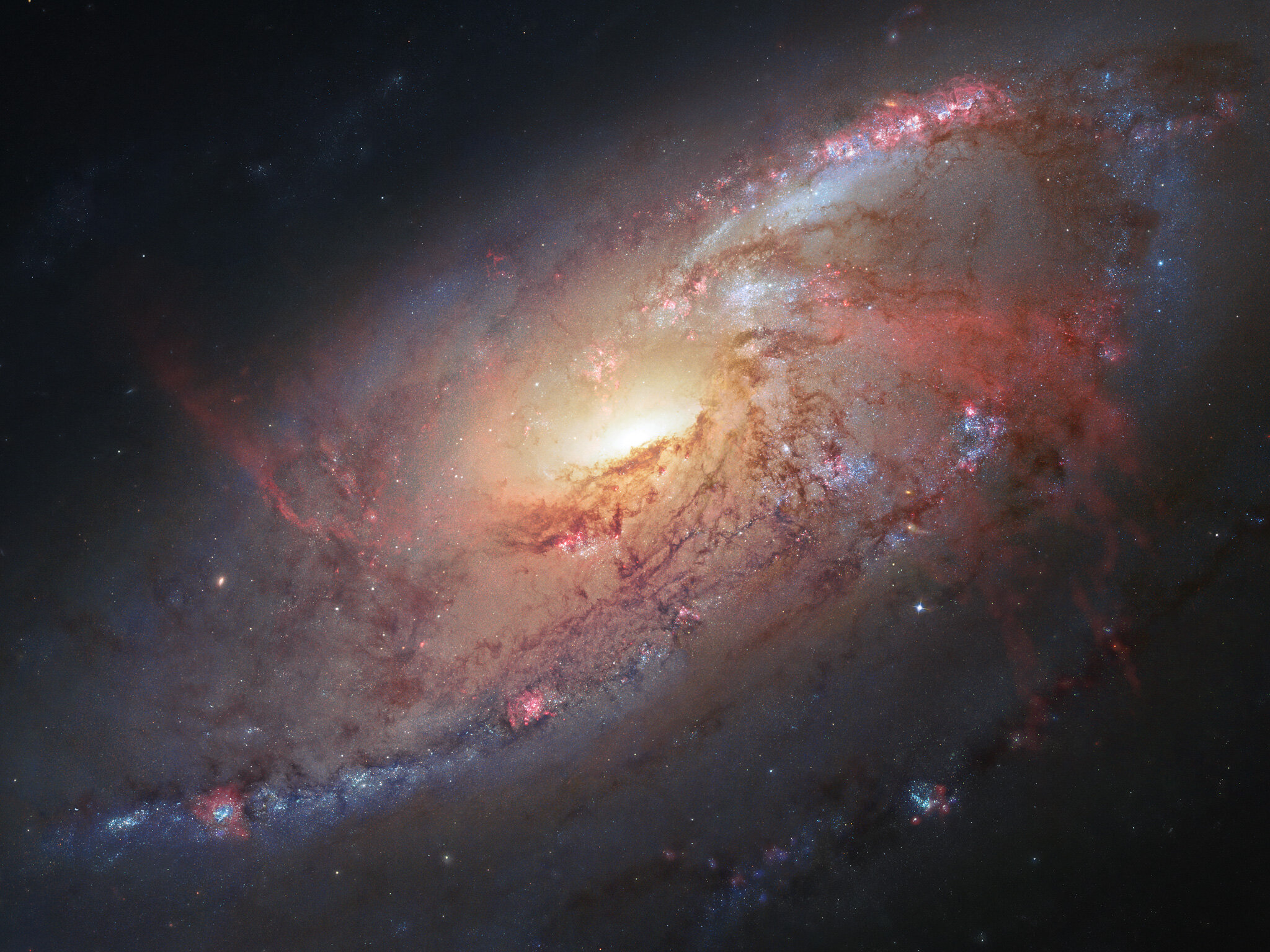
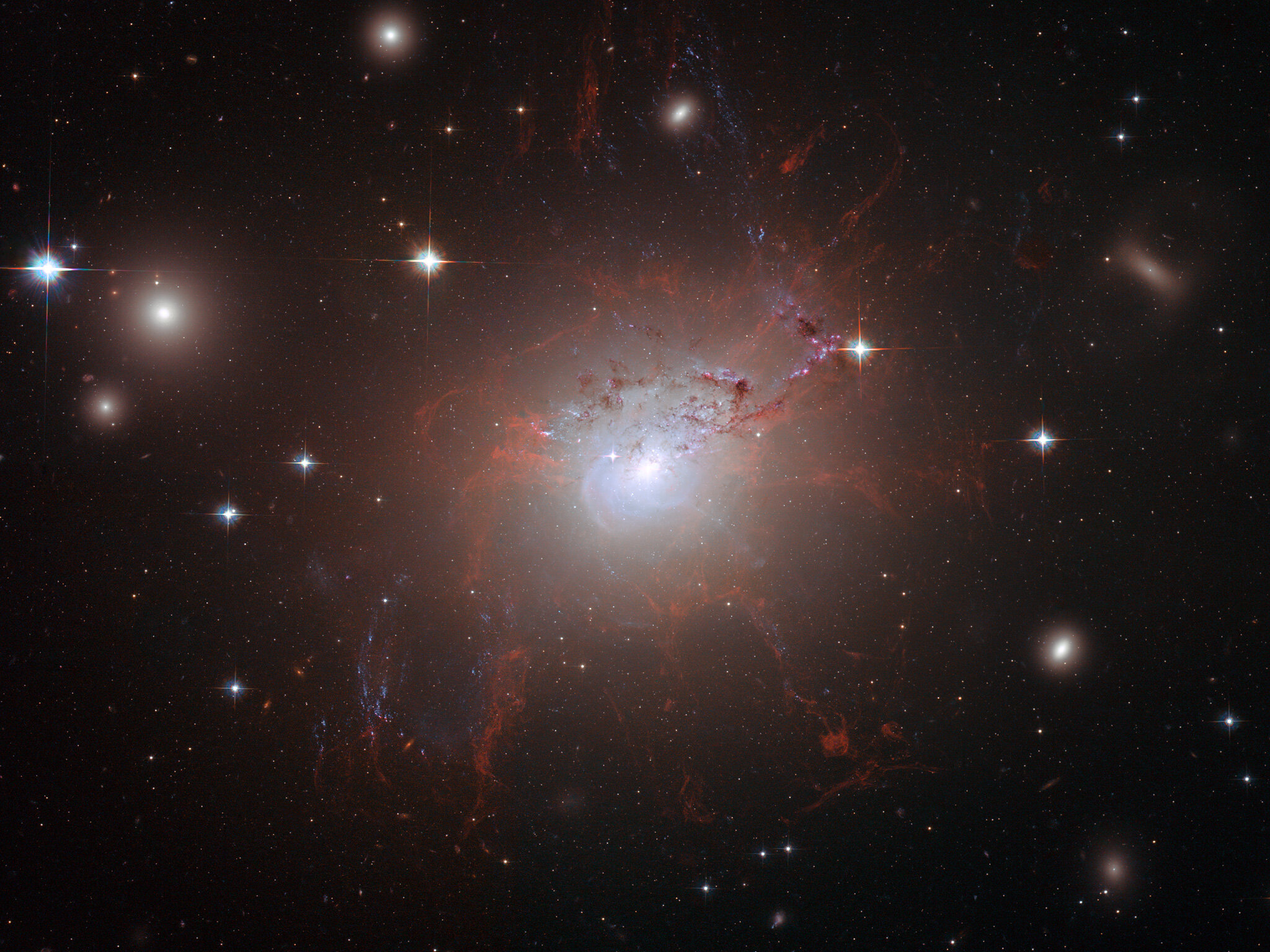
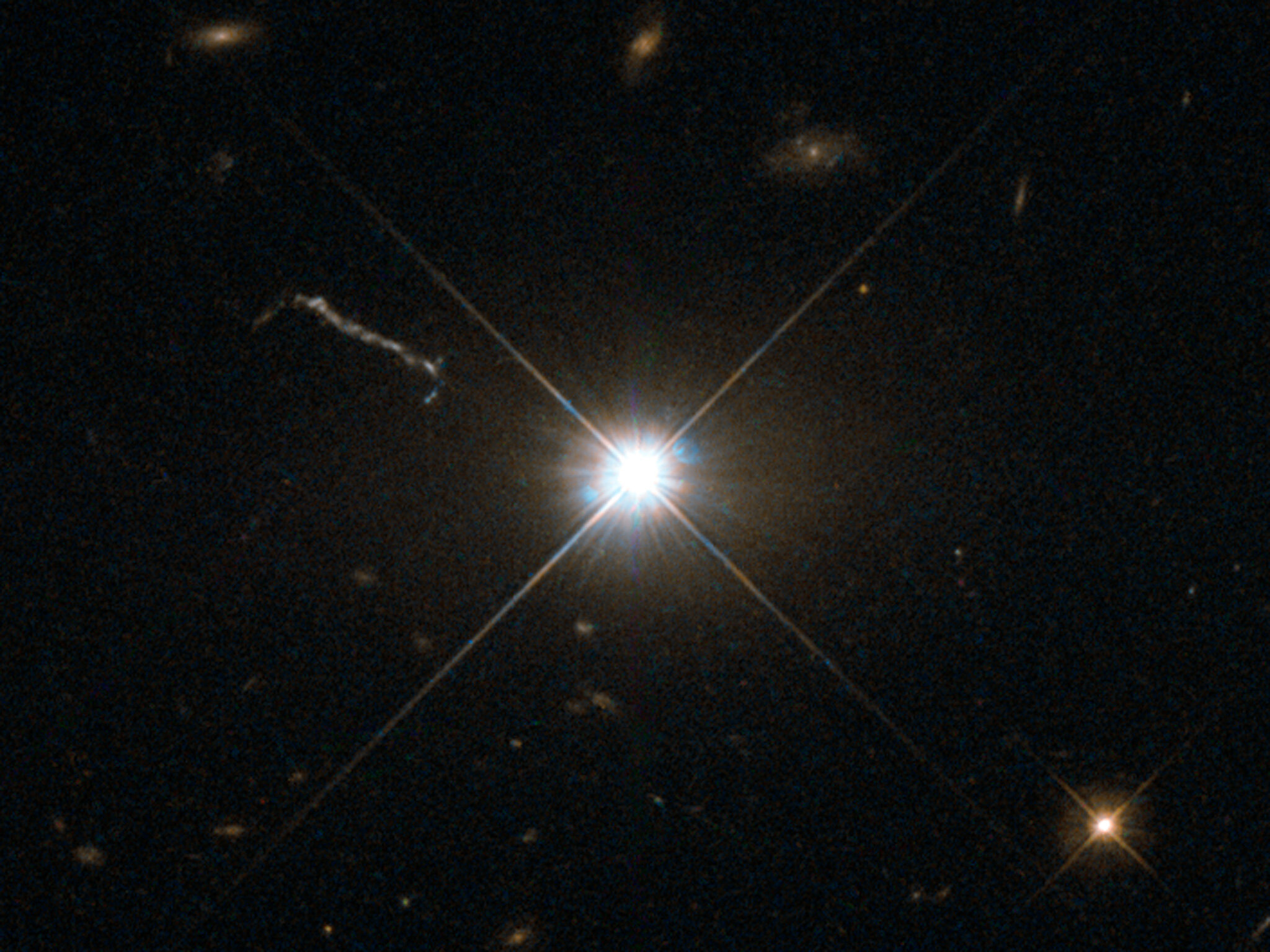
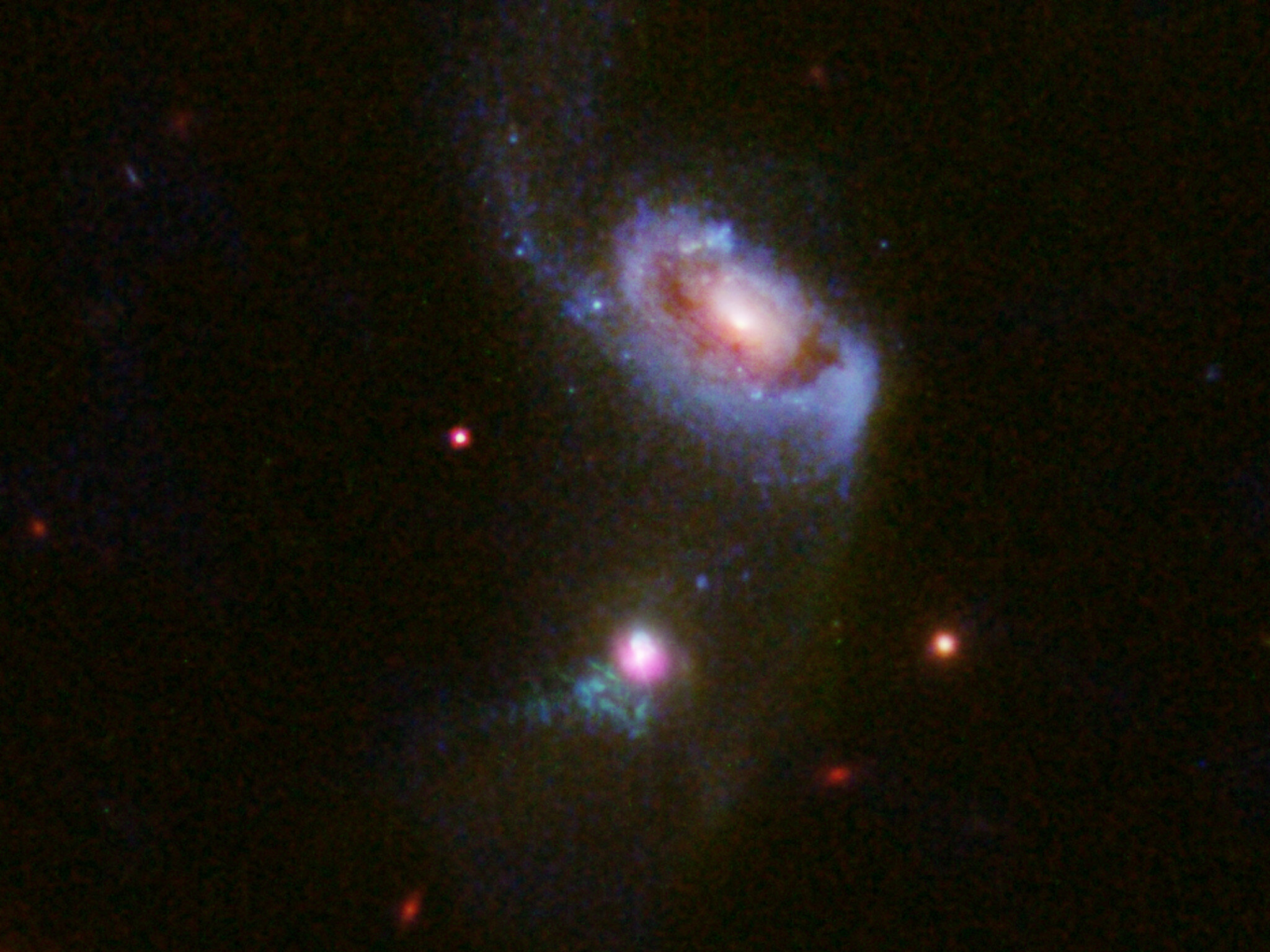
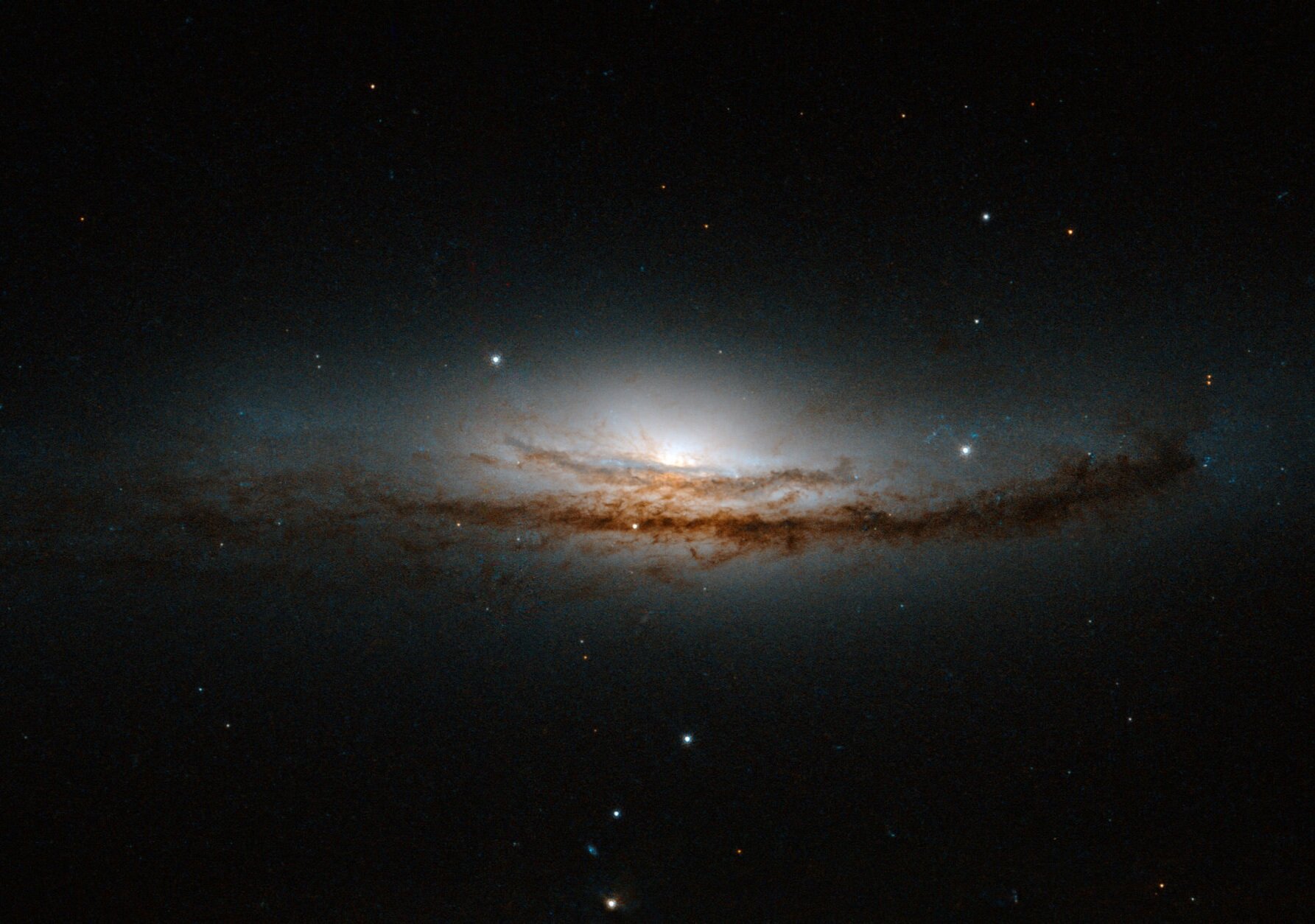
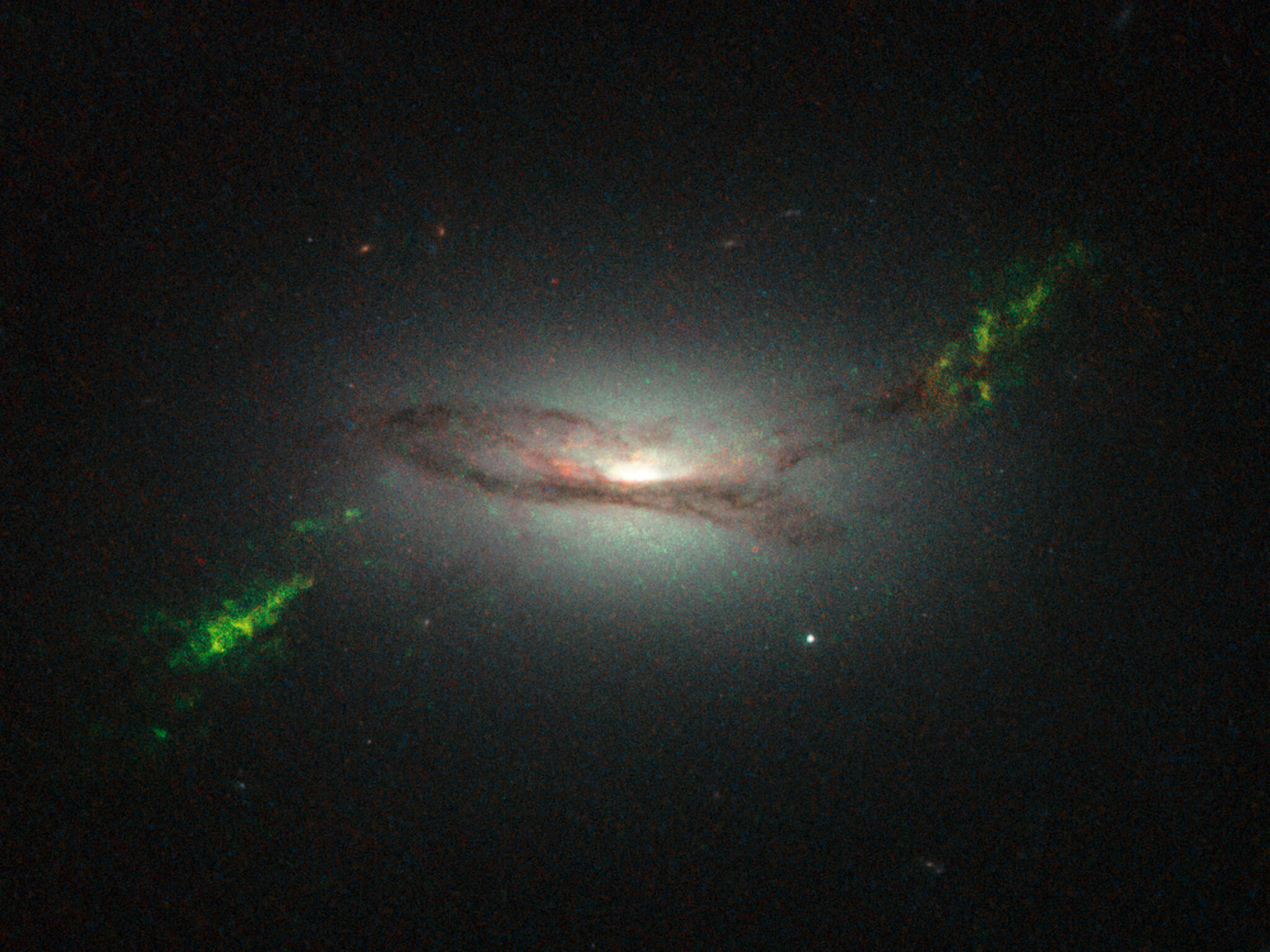
Worlds familiar and alien
The solar system in which we live may be minuscule compared to galaxies and nebulae, but at 287 billion kilometers wide, there is still much to learn about our planetary neighborhood. Hubble has allowed us to study the objects in our solar system with greater detail than ever. In 1994, Hubble watched as a comet collided with Jupiter, resulting in 21 impacts – the largest of which was the size of the Earth. By discovering objects larger than Pluto in the deep reaches of our solar system, Hubble ignited a controversy that has spanned generations and resulted in Pluto being demoted from planethood to a mere dwarf planet. A lot of us, myself included, are still not over this.
But the dark corners of our solar system aren’t the only alien worlds Hubble has helped illuminate. Soon after its deployment, Hubble captured images of swirling disks of gas and rock, called protoplanetary disks, surrounding newly formed stars. This suggested planets are a common feature in other star systems, which we suspected, but did not know for sure. In 2008, Hubble snapped an image of the planet Fomalhaut B, a gas giant about 3 times the size of Jupiter, orbiting around a foreign star. That same year, Hubble detected the presence of an organic molecule on a planet outside our solar system. In 2012, Hubble discovered a planet mostly made of water and shrouded by a thick and steamy atmosphere, and the images it took were detailed enough to be able to create a weather map of the planet’s atmosphere.
The search for life on other worlds has not stopped since: in 2016 the atmosphere of a rocky planet that bears similarities to Earth was analyzed, and Hubble’s successor, the James Webb Space Telescope, will carry the torch into the next phase of interplanetary exploration. With up to 250 billion stars in each galaxy, and billions of galaxies already visualized by Hubble, there leaves little room for doubt that other habitable worlds exist: it’s just a matter of finding them.
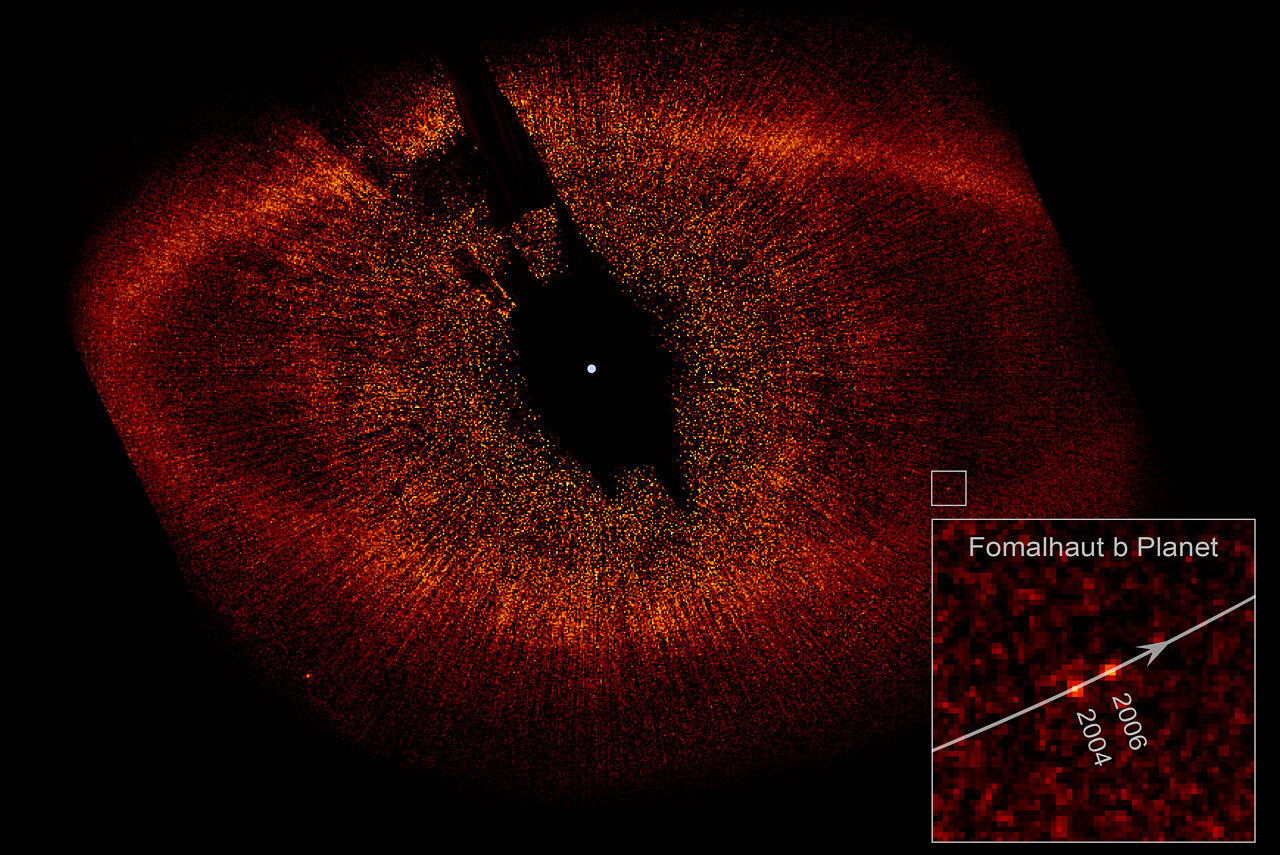
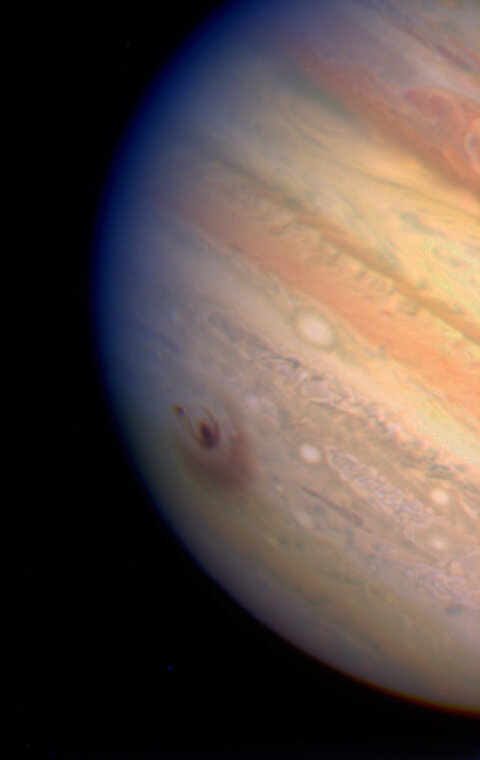
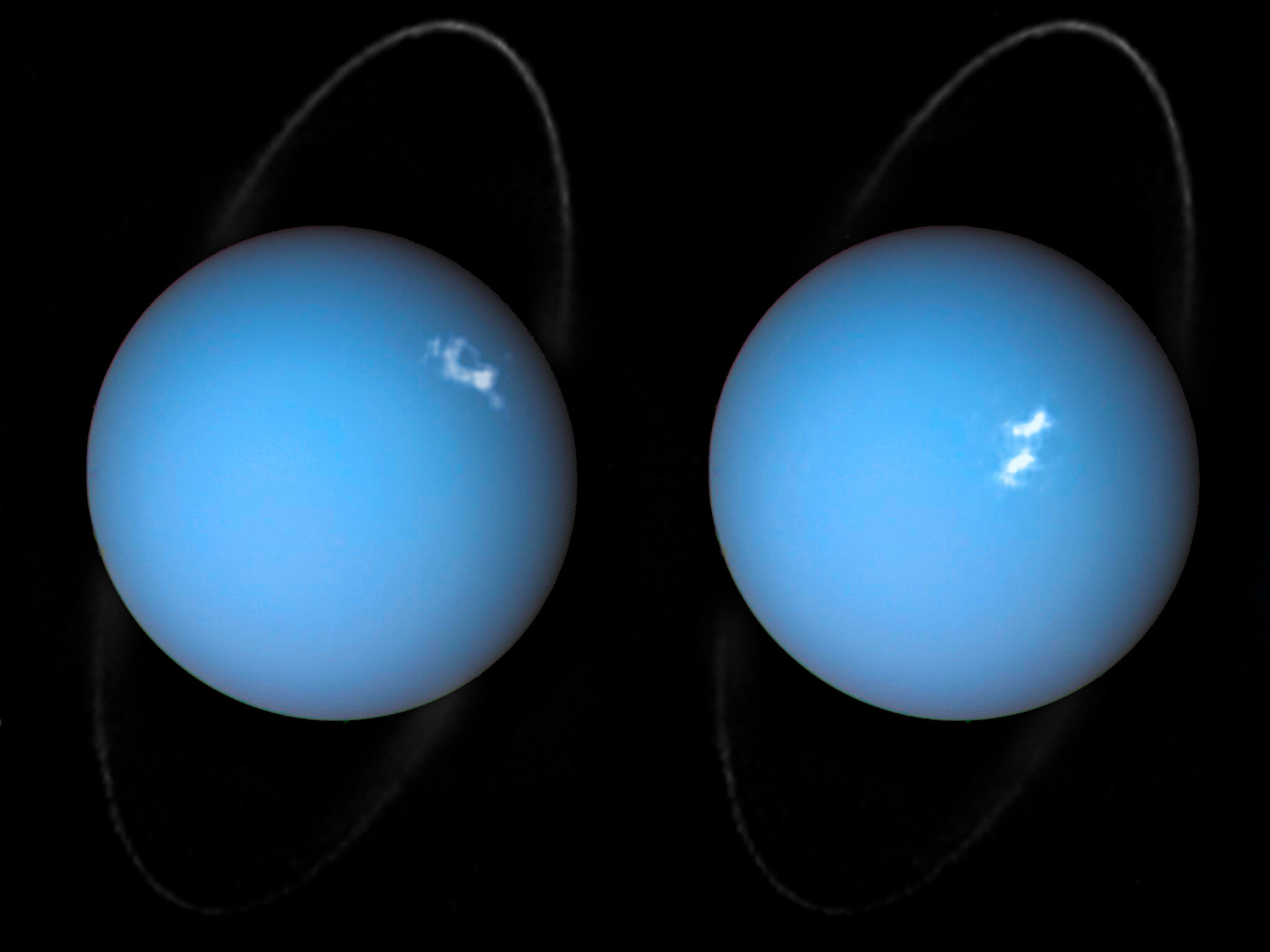
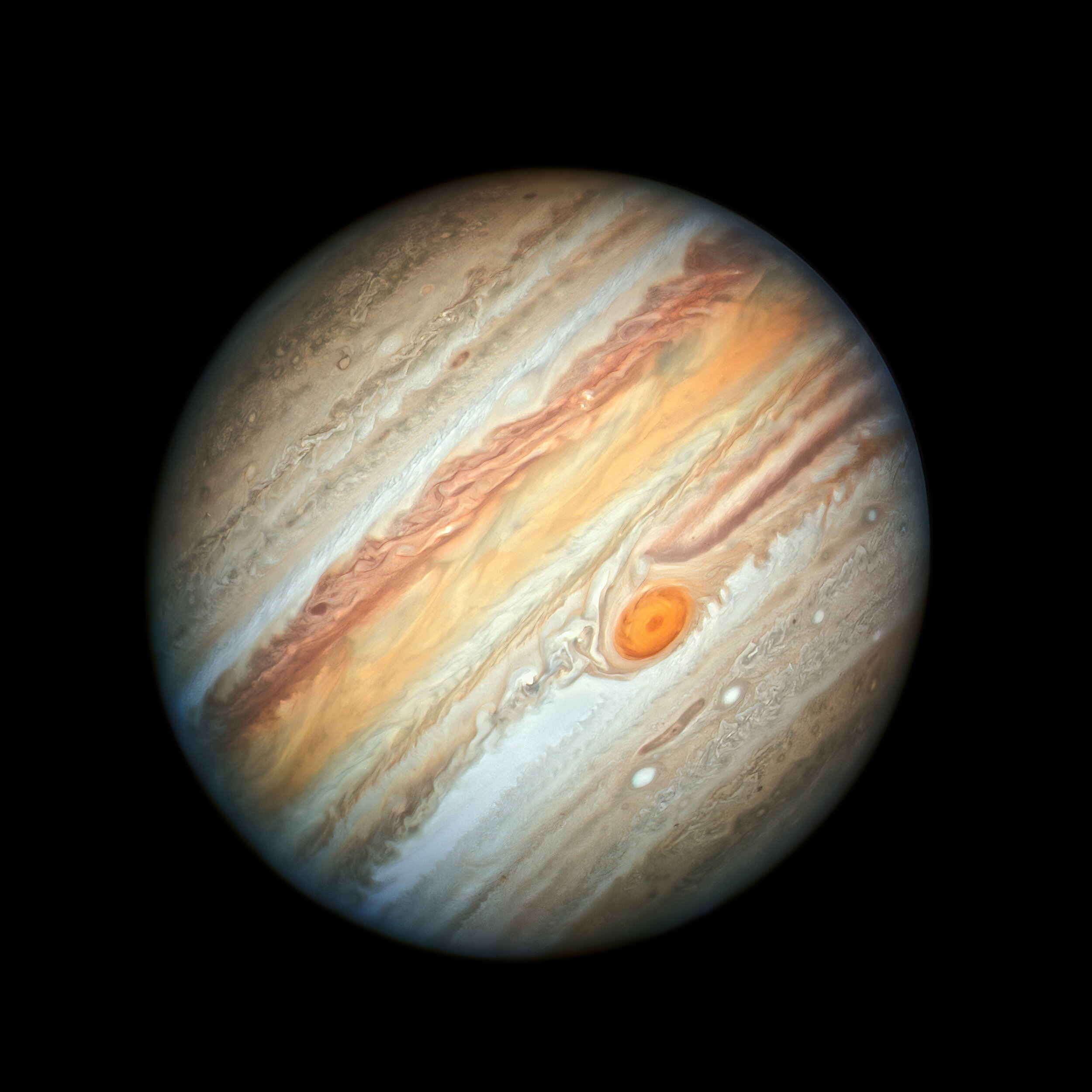
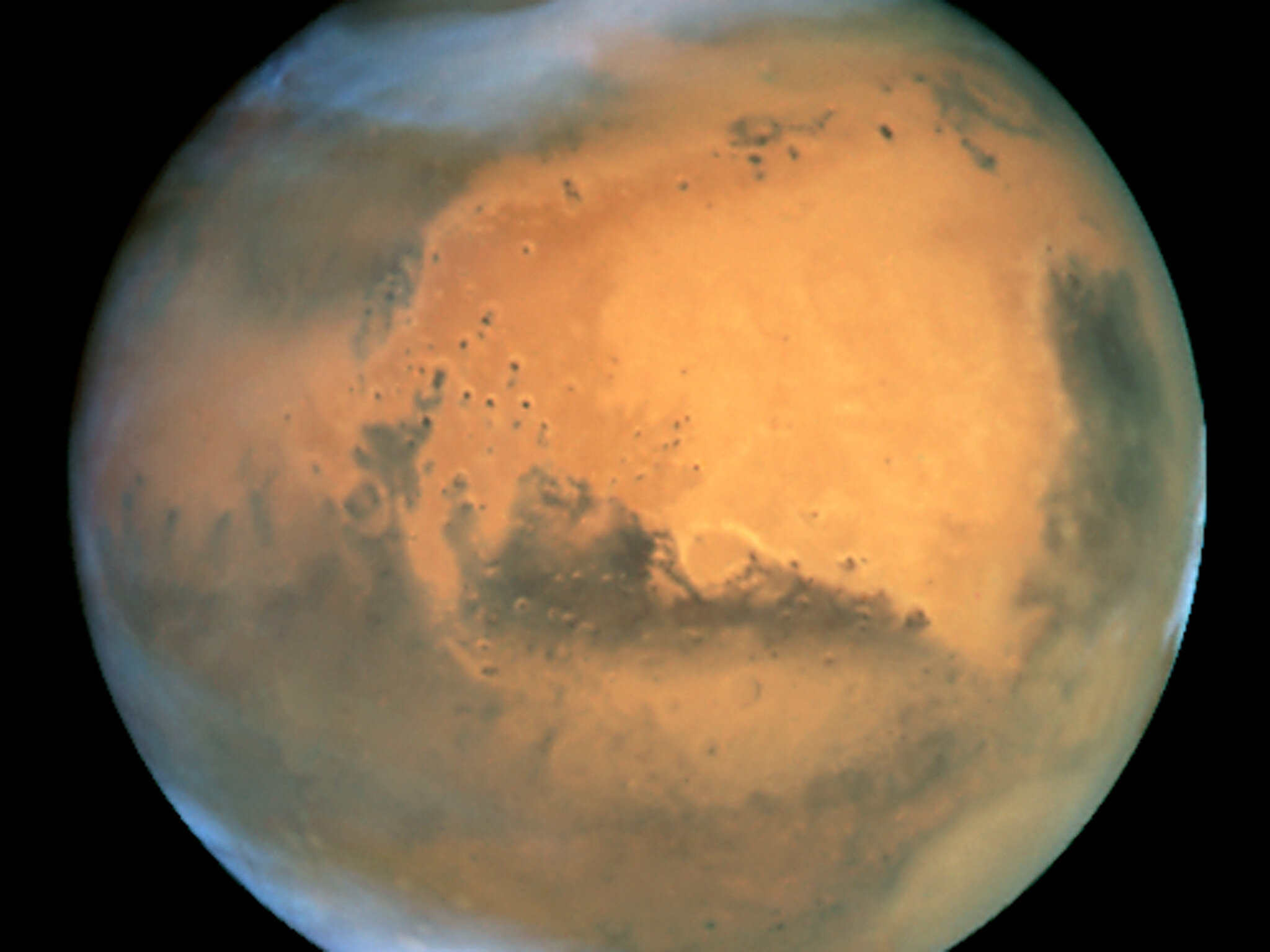
Humble beginnings
One of the original goals of Hubble was to determine the rate of expansion of the Universe, and in doing so, to also calculate its age. Turns out these numbers are incredibly hard to figure out. We needed Hubble to make these measurements because its high resolution allows it to see features, like Cepheid variable stars, against the bright background of the galaxies they reside in. Cepheid variable stars are known in astronomy as ‘cosmic yardsticks’ because they give off rhythmic and predictable pulses of light that we can use to figure out their distance accurately. Studying these types of stars in different galaxies allowed astronomers to figure out the rate at which our Universe is expanding, and using this number we could also calculate the age of the Universe, all the way back to its birth in the Big Bang: a whopping 13.8 billion years ago. For perspective, this is about 3 times the age of the Earth.
Two of the world’s most powerful space telescopes - Gaia and Hubble - teamed up to determine the Universe’s expansion rate by measuring the distance between neighboring galaxies using Cepheid variable stars, or cosmic yardsticks, allowing them to determine how fast the galaxies were moving away from each other.
Like many space discoveries, Hubble’s measurement of the Universe’s rate of expansion originally led to some confusion. For a very long time, we assumed that because there is so much stuff in the Universe, our expansion that began with the Big Bang’s explosion should slow down over time and that gravity would cause all that matter to fall back in on itself. Hubble’s measurements showed us that not only is the Universe’s rate of expansion not slowing down, it is accelerating. Some force in the Universe, unseen and unknown, is causing the space between galaxies to get bigger and bigger, pushing galaxies away from each other. Enter dark energy.
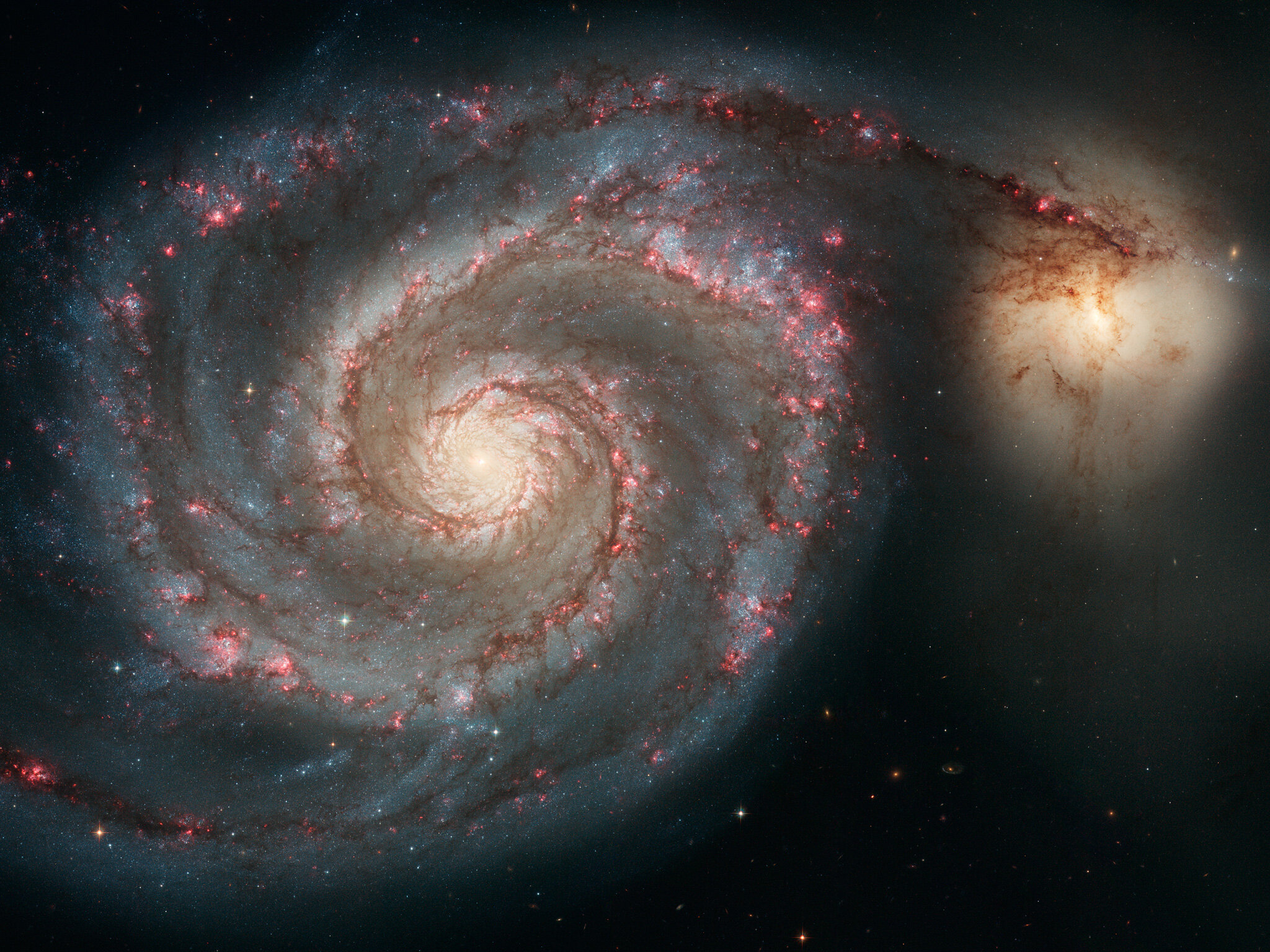
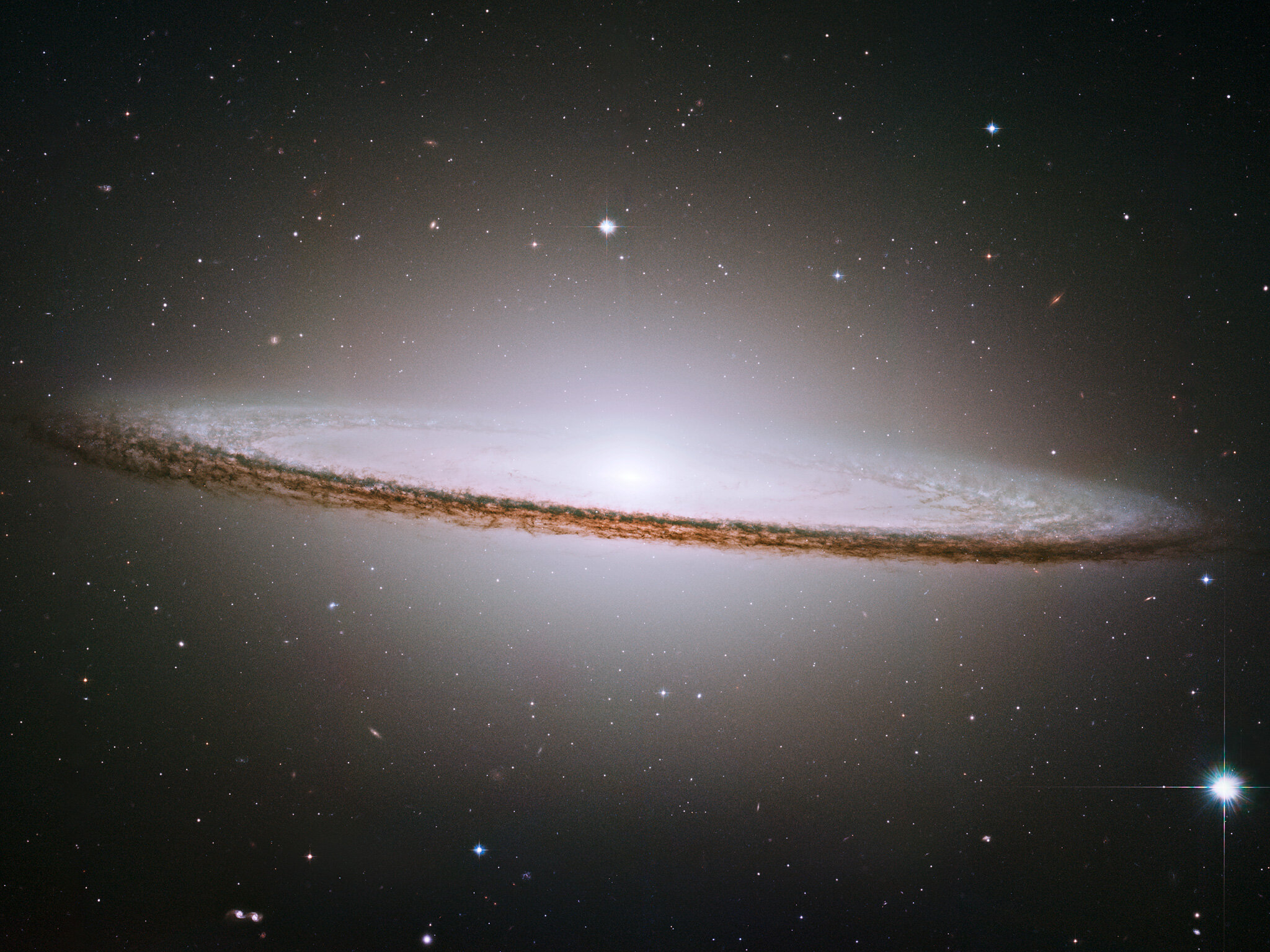
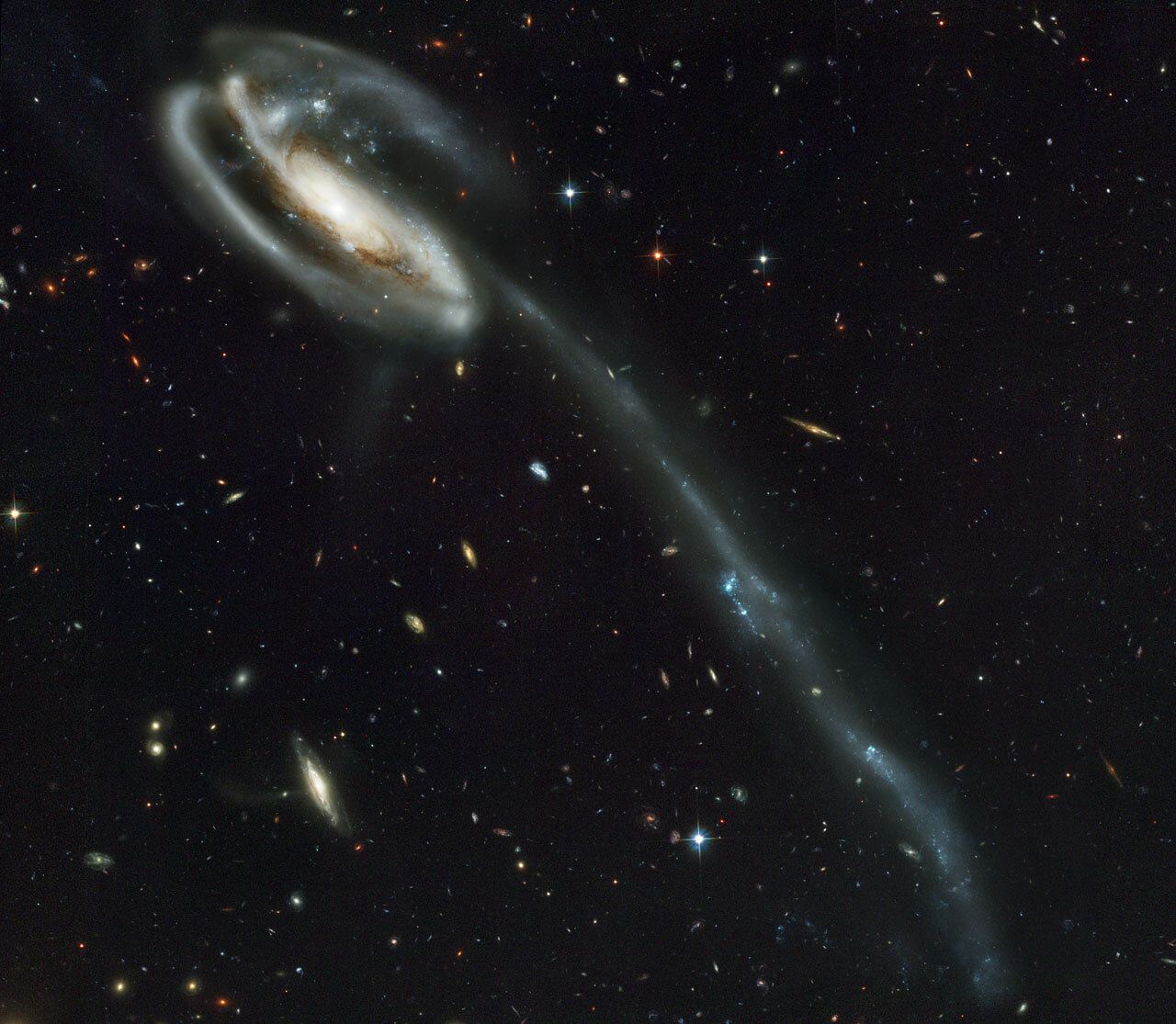
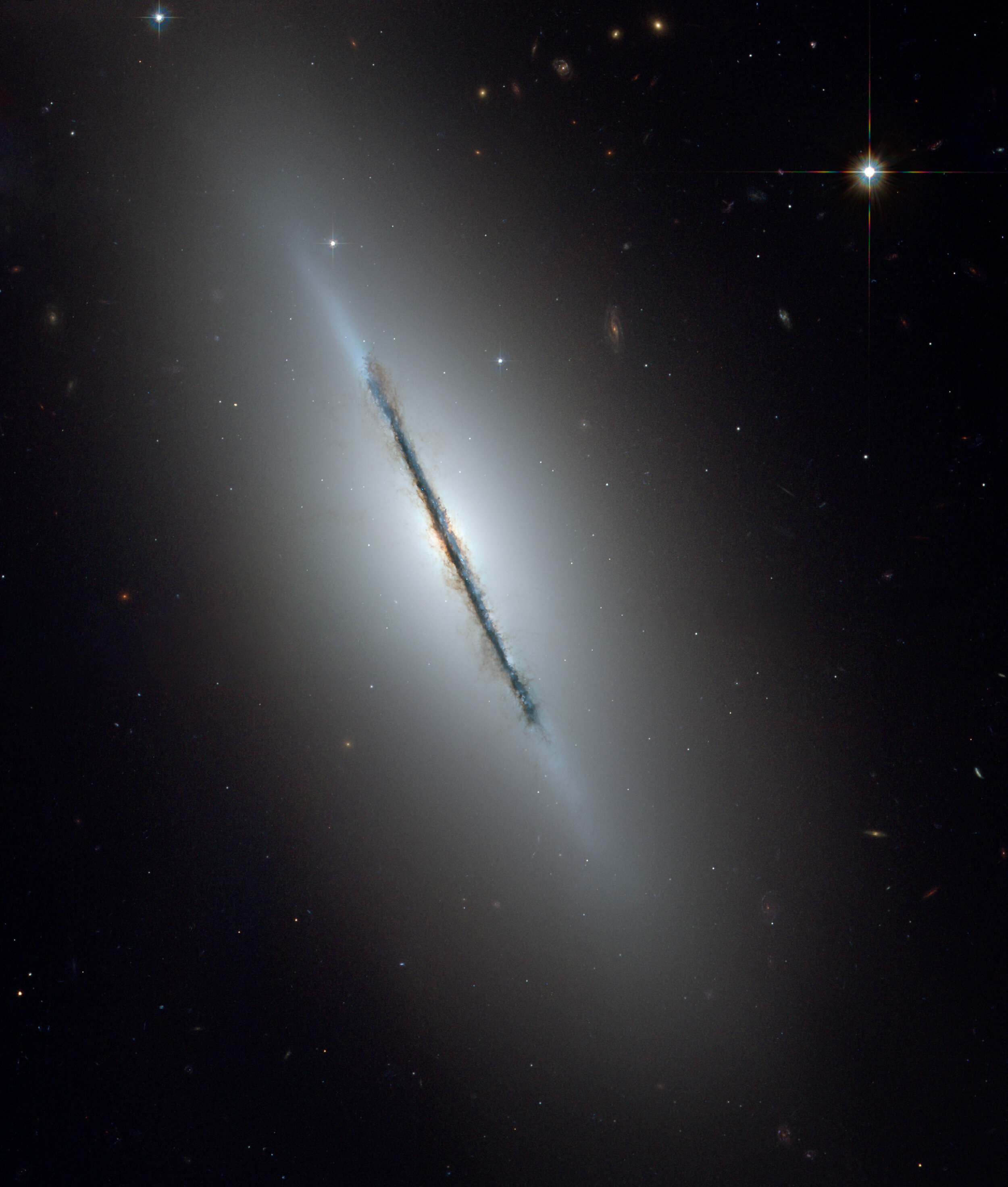


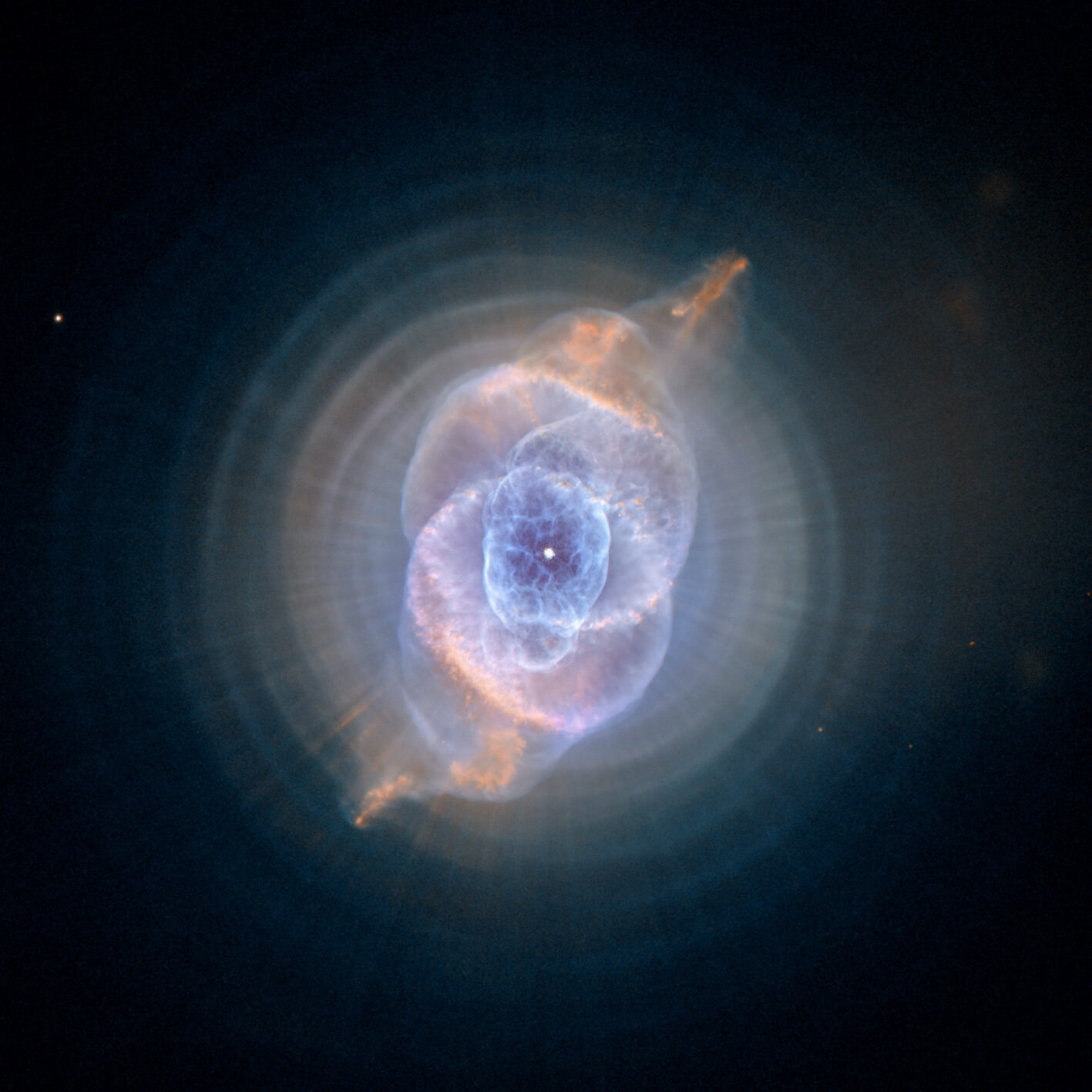
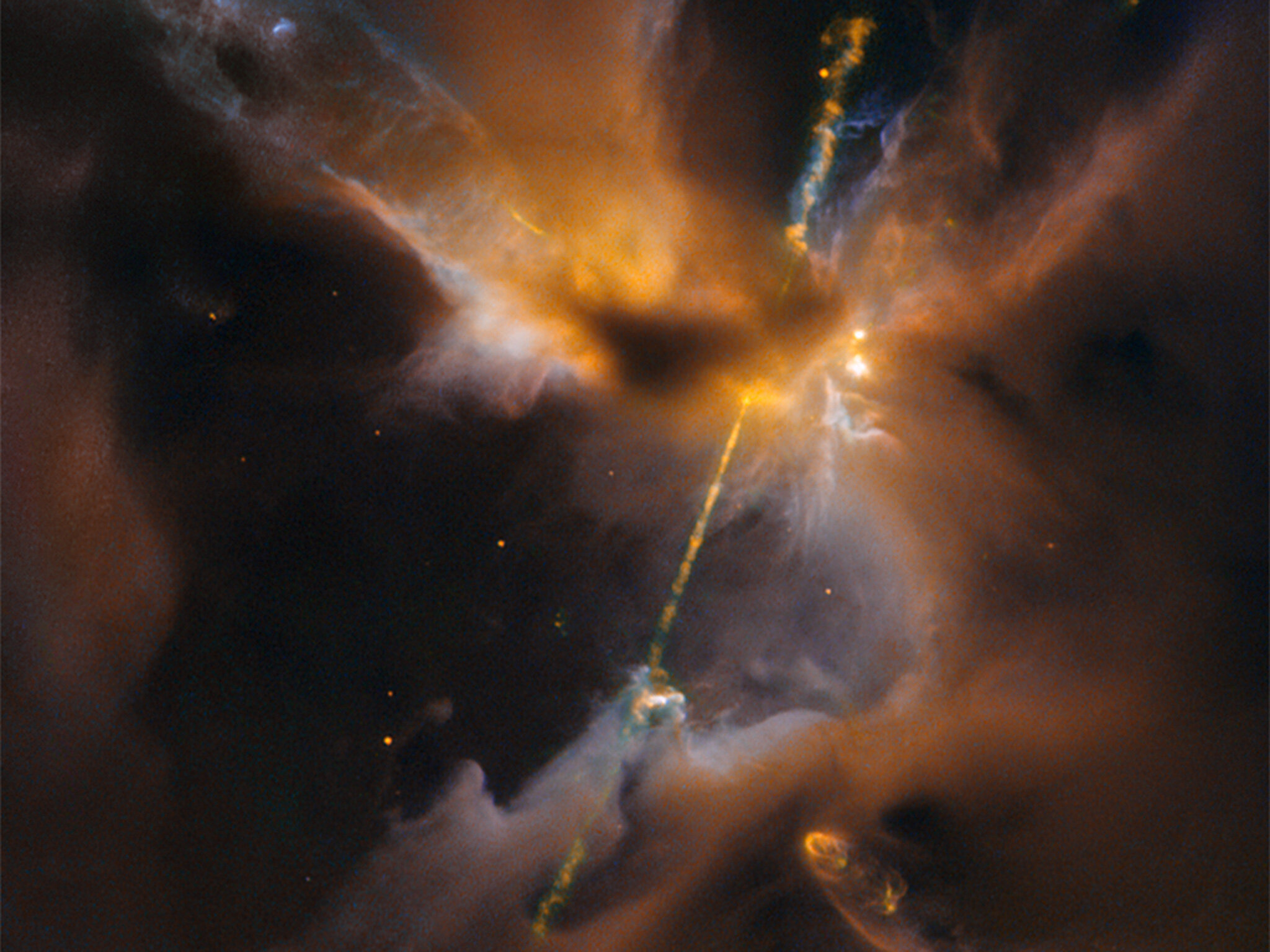
A perspective into expansion
Hubble proved the existence of and paved the way for the study of dark energy, but to be honest, we still don’t know that much about it. We know it’s a repulsive force that is a characteristic of space itself and powers the expansion of the Universe. We also know that this has not always been the case. Hubble is essentially a time machine: it can look back on galaxies at certain distances and watch the events that unfolded at that time in the past. If we take an image of a galaxy 1 billion light years away, we see that galaxy as it was 1 billion years ago. Hubble was able to prove the existence of dark energy by observing a supernova at a distance in the past (about 5 billion light years away, or 5 billion years ago) where we see a shift from a decelerating Universe to an accelerating Universe. This shift, about halfway through the Universe’s history, is when we see (for some unknown reason) dark energy become a dominant force and begin to cause galaxies to move apart from each other at faster and faster rates.
The Universe is still full of mysteries. Thanks to Hubble, we know now that normal matter, or all of the stuff we interact with every day: from the air we breathe to the stuff that stars and nebulae are made of, only comprises about 4% of the mass and energy in the Universe. Dark matter, which is similar to the matter we know and love (in that it has gravity) but emits no light and therefore can’t be observed, makes up another 24% or so. Dark matter is like the Universe’s glue, providing the mass and gravity to keep our Universe from flying apart due to the outward expansion pressure of dark energy. Dark energy, that strange and repulsive force that powers the acceleration of our Universe, makes up a whopping 72% of the Universe’s energy. Most of the Universe around us is unknown and can only be detected indirectly. To me, this is a strange and overwhelming thought.
Each discovery Hubble makes just leads to more questions: this can feel exasperating. But without it, we wouldn’t have even known to ask these questions. Hubble has truly paved the way to unlocking the great secrets of our Universe by teaching us the right questions to ask.
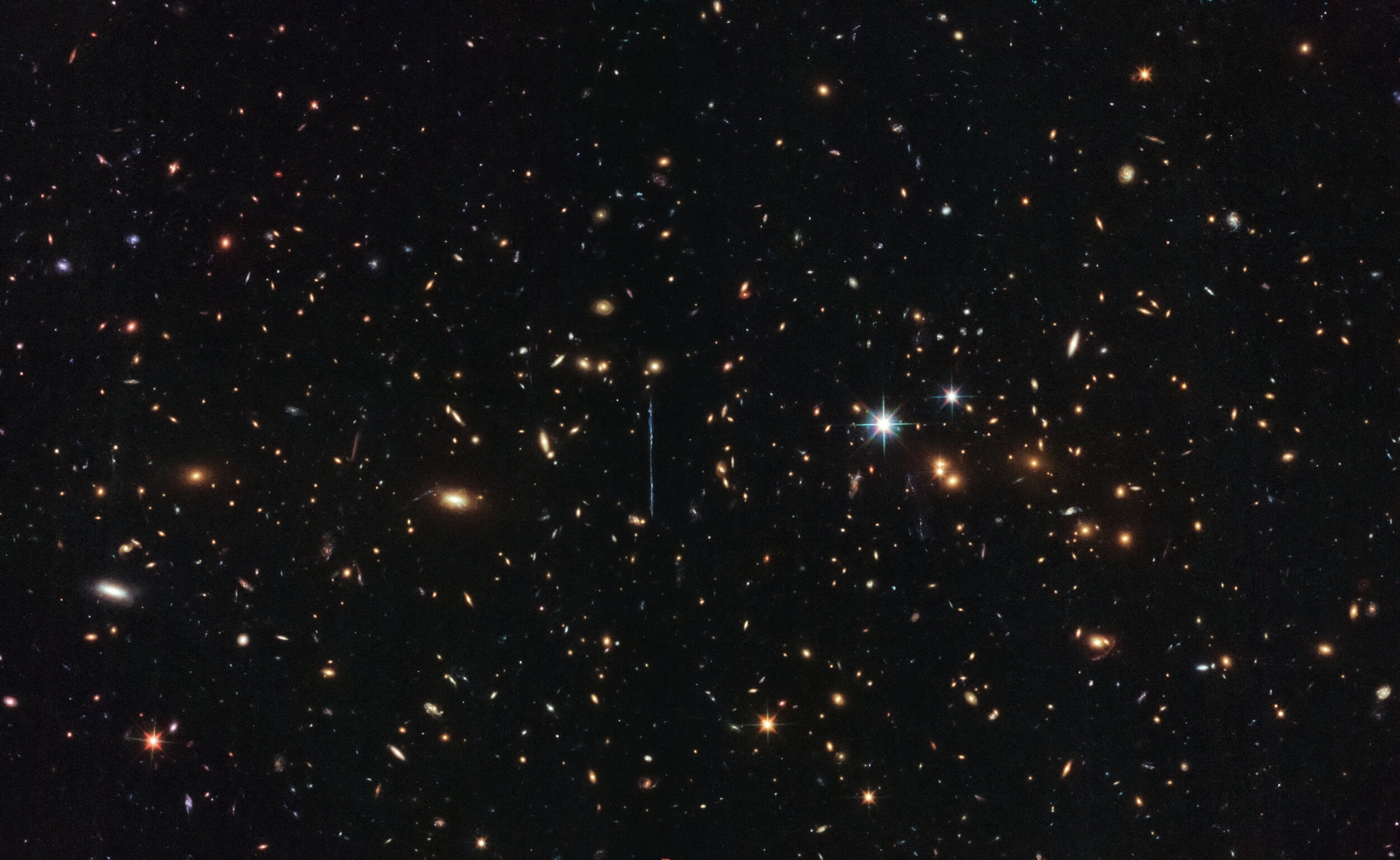
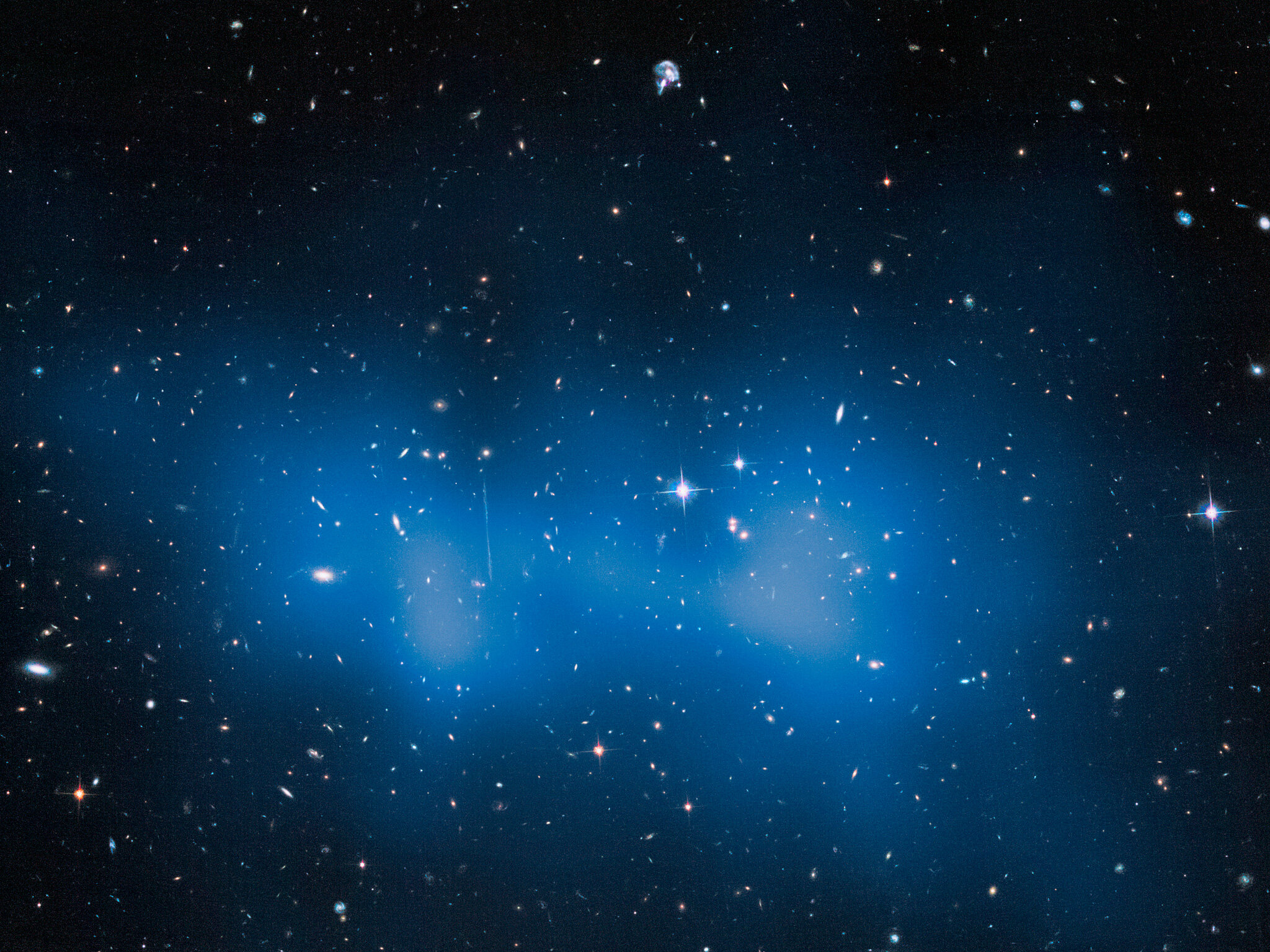
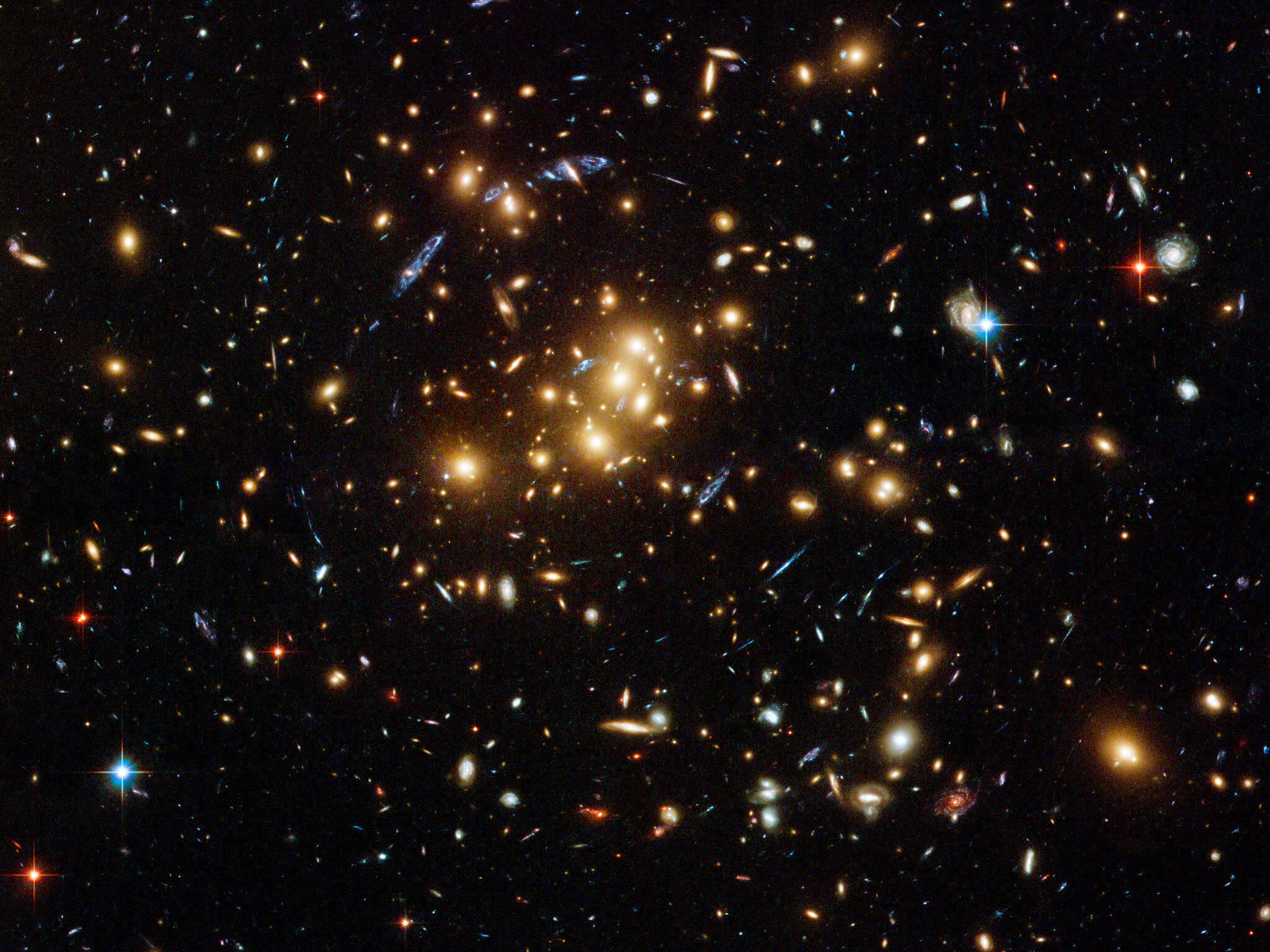
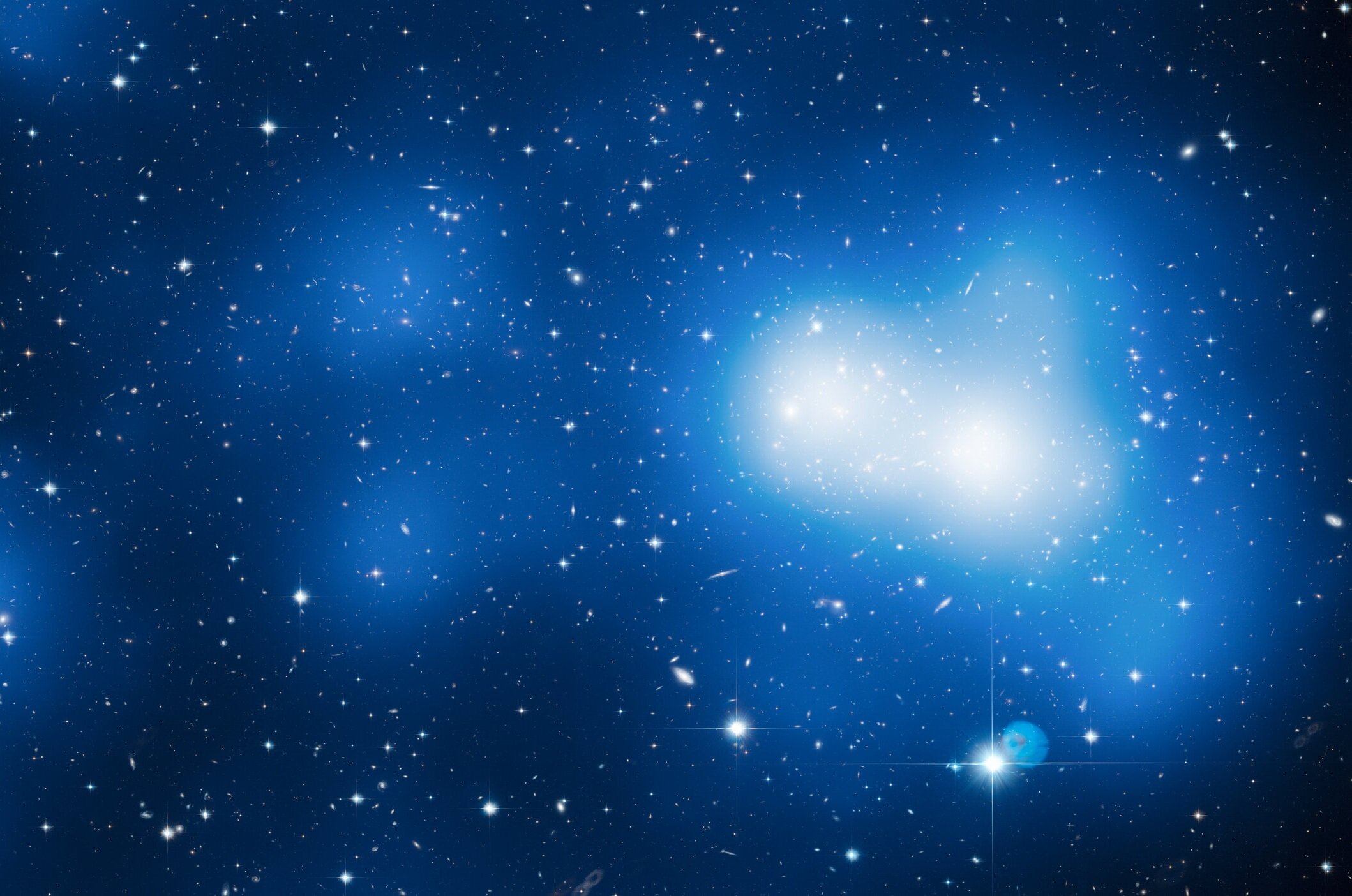
Hubble has given us a window into the Universe at our fingertips. It has shown us the birth and death of galaxies, watched the formation of black holes, and discovered new moons and potentially habitable planets outside the solar system. Hubble has witnessed stars being born, colliding, and exploding in some of the most brilliant displays of light and energy our Universe is capable of. And astonishingly, we have more questions now than we did when we started.
The Hubble Telescope continues to inspire me to search for answers large and small, and I am proud to say I can now do that both as a person and as an Astronautical Engineer. Today, I am grateful to the brilliant teams of engineers who built this masterpiece, the astronauts who maintain it, the scientists who study and interpret its observations. But more than anything, I am grateful to Hubble for giving me a daily gift: the opportunity to seek out the great unknown.
-Mackenzie and Jason
Photo credit: Joshua Earle






